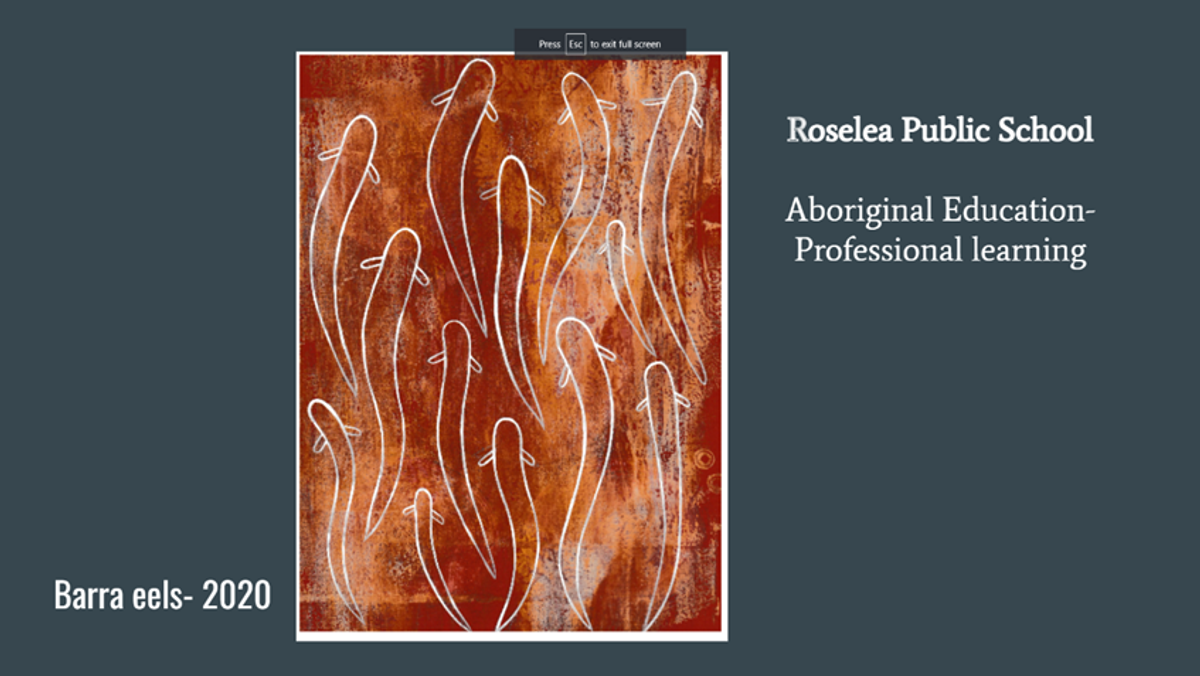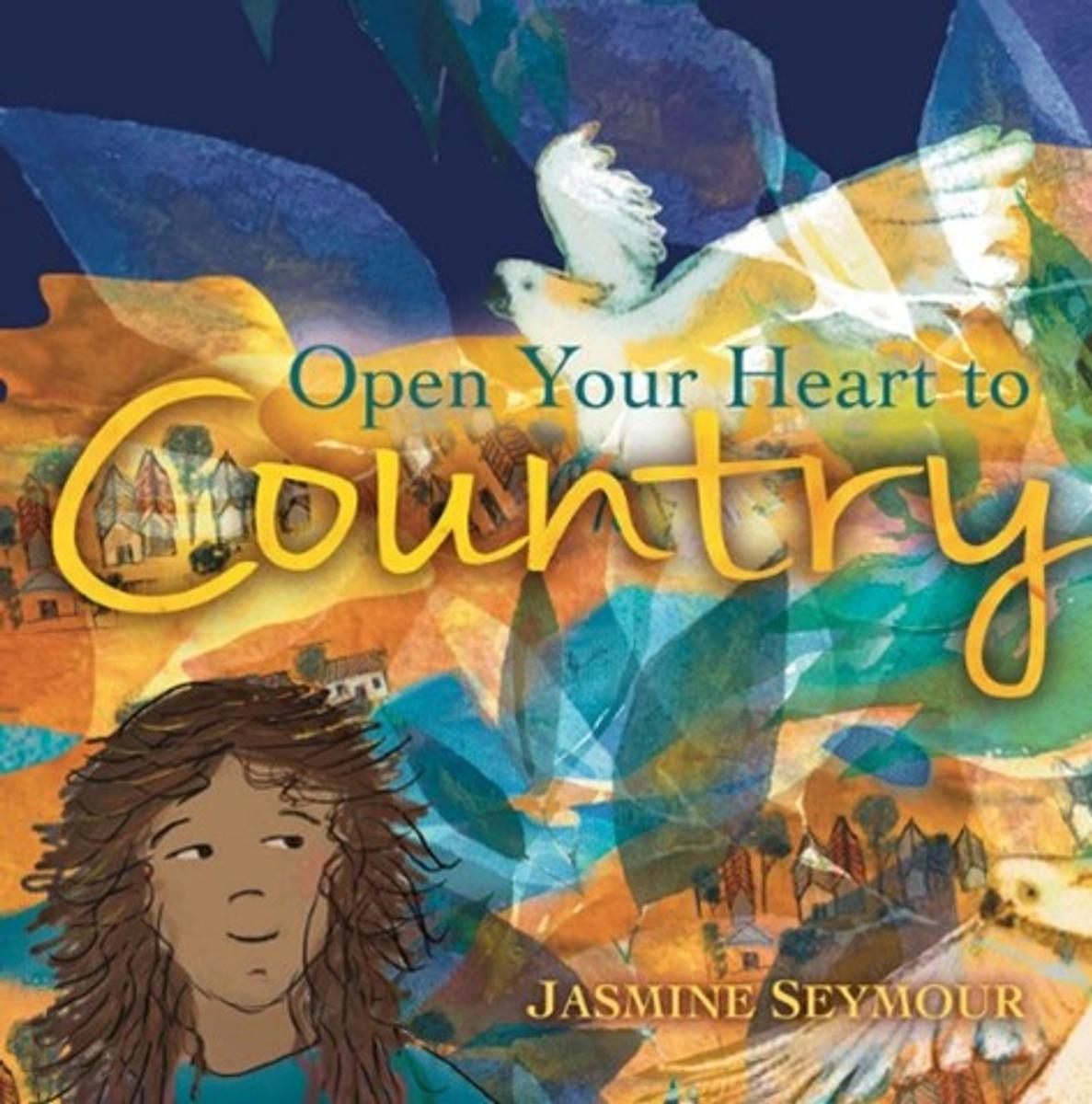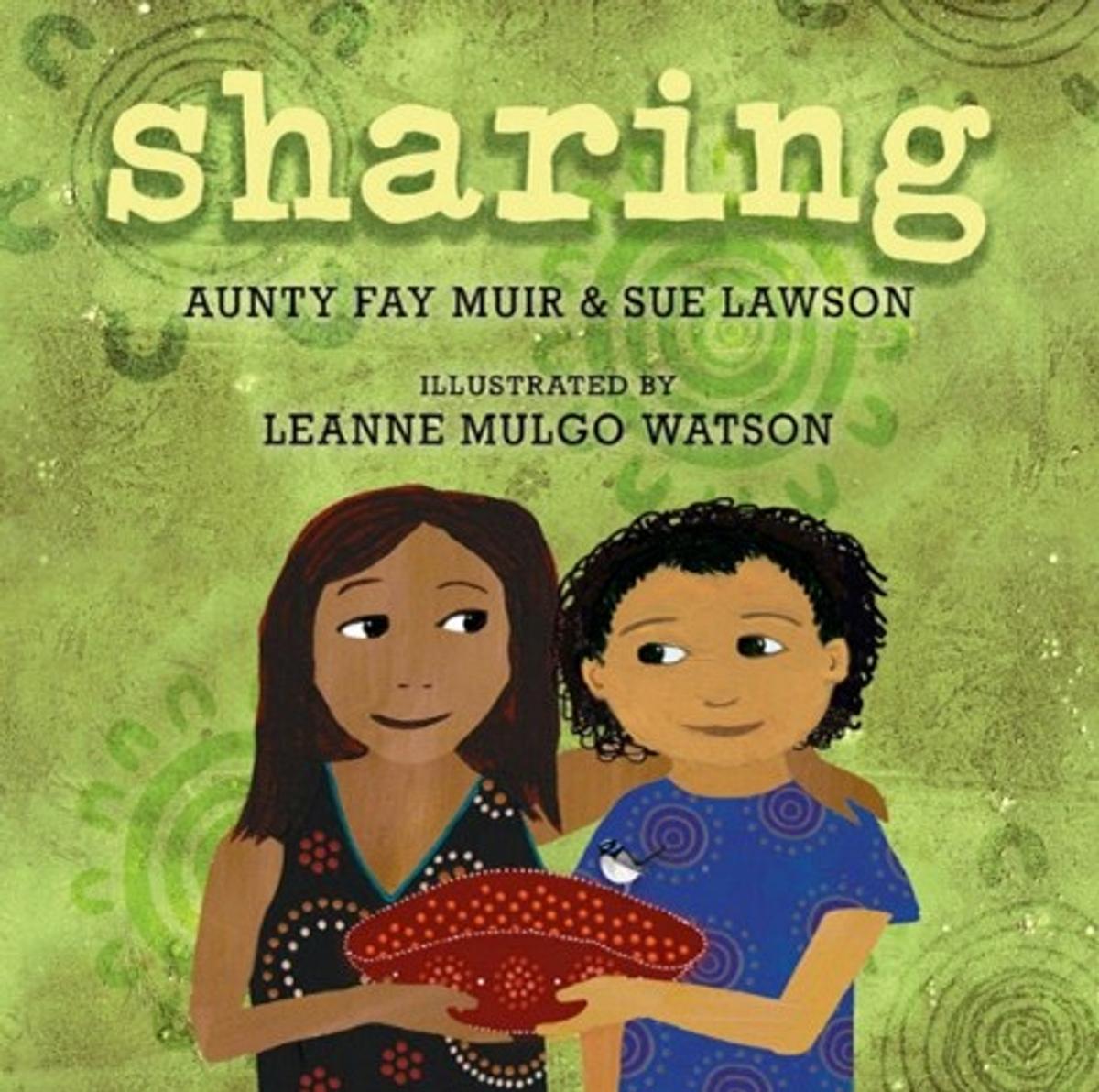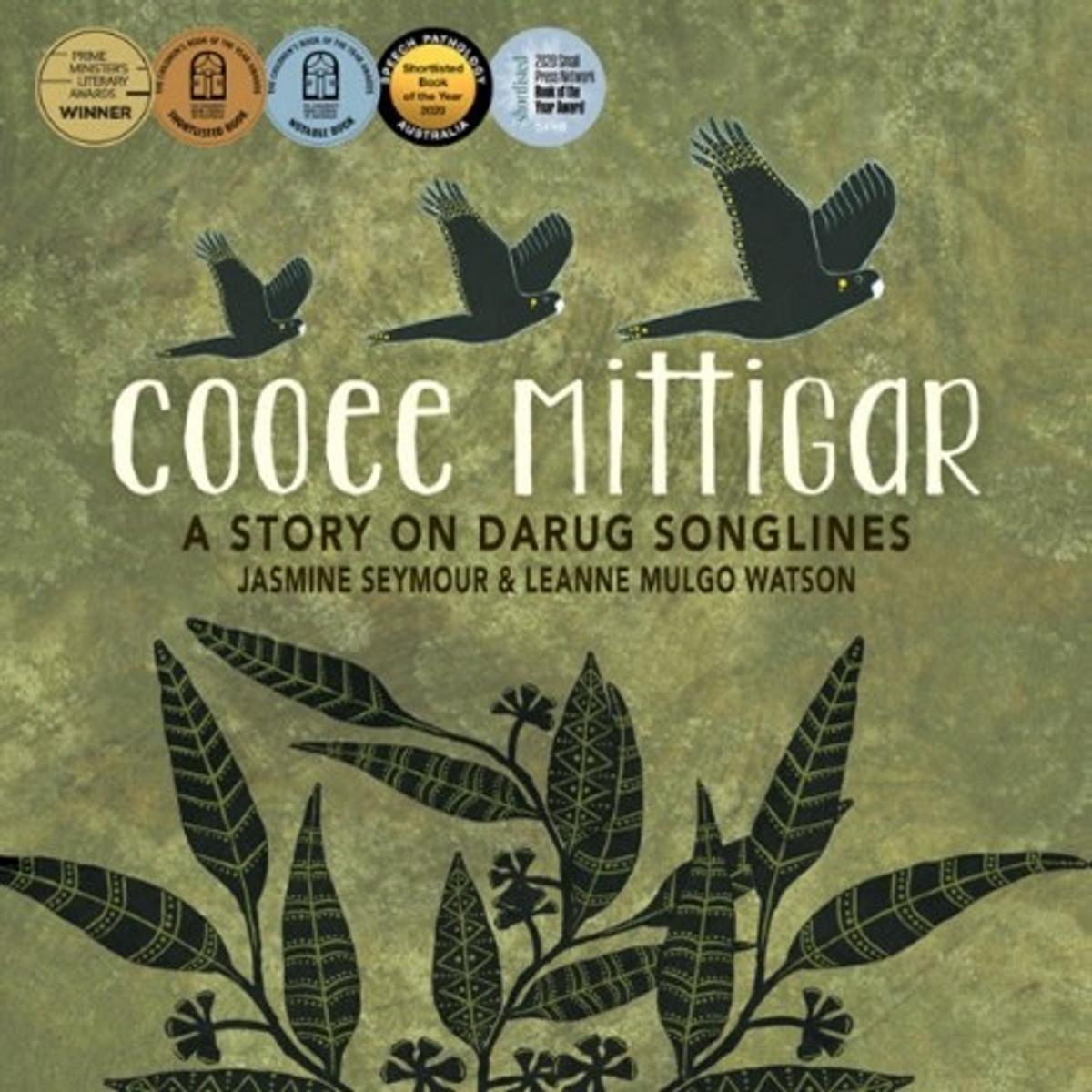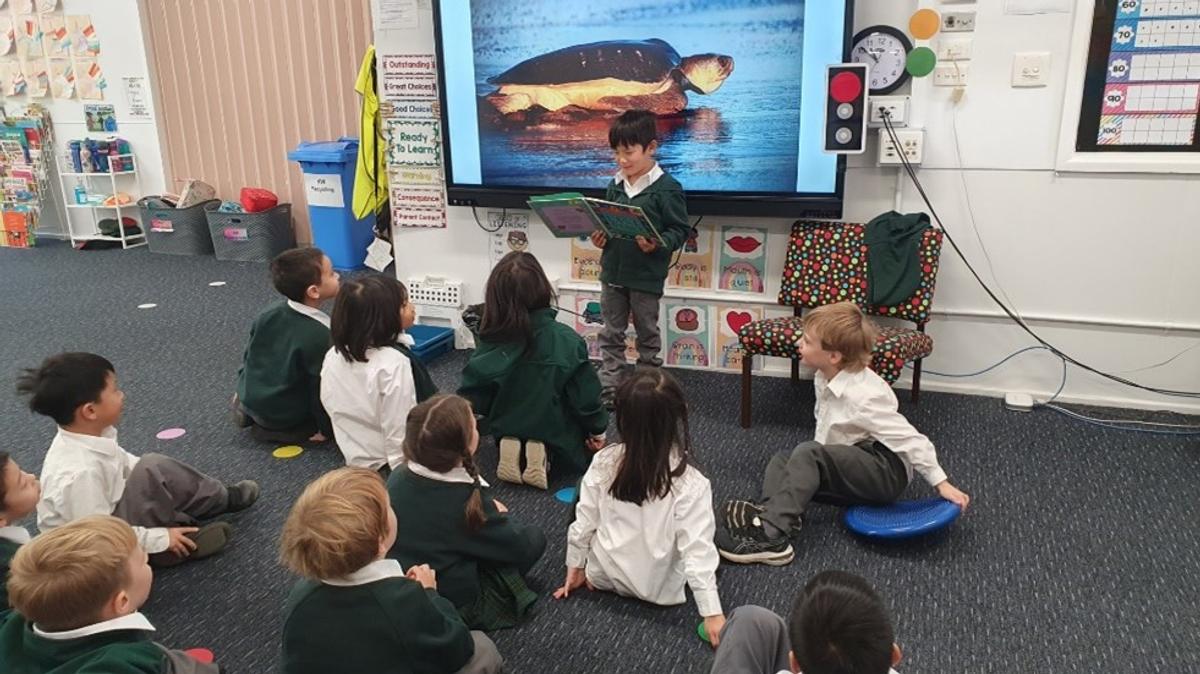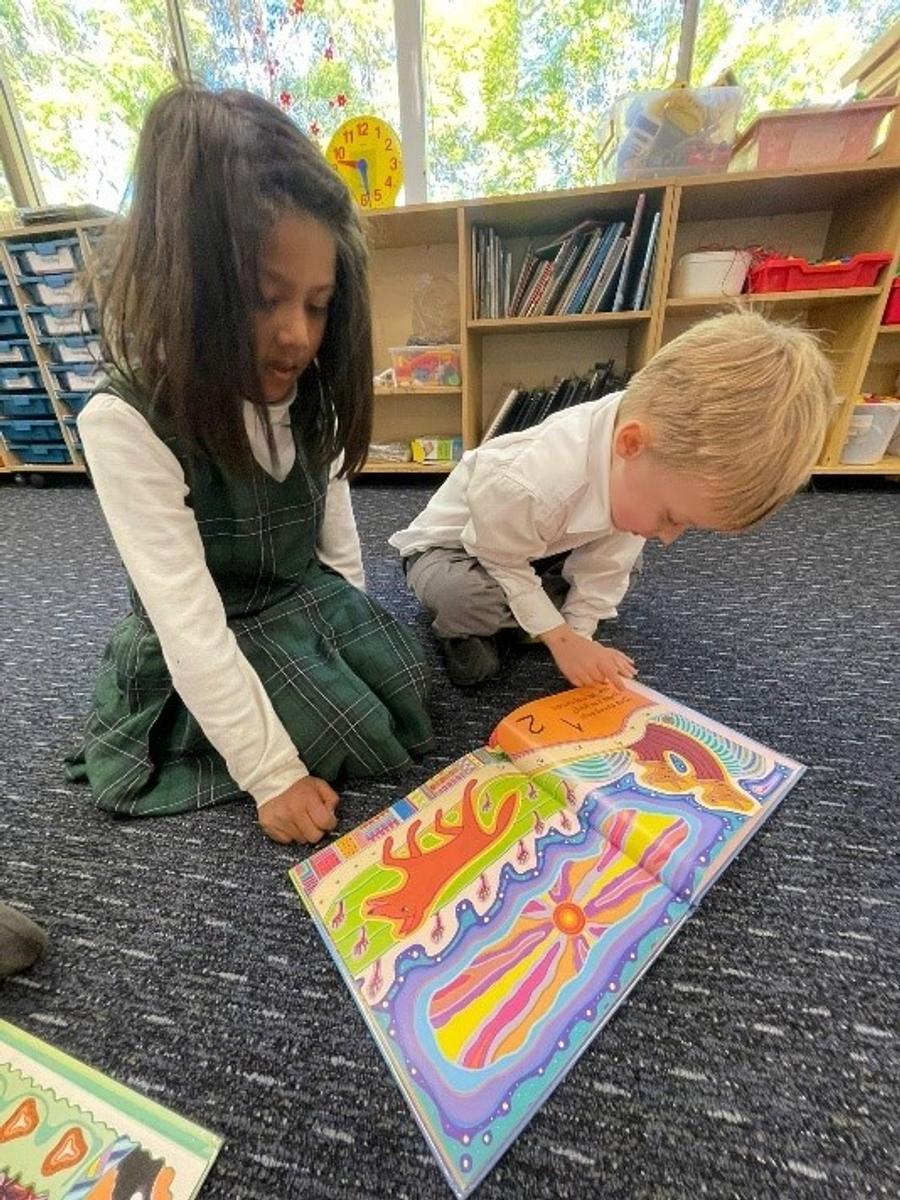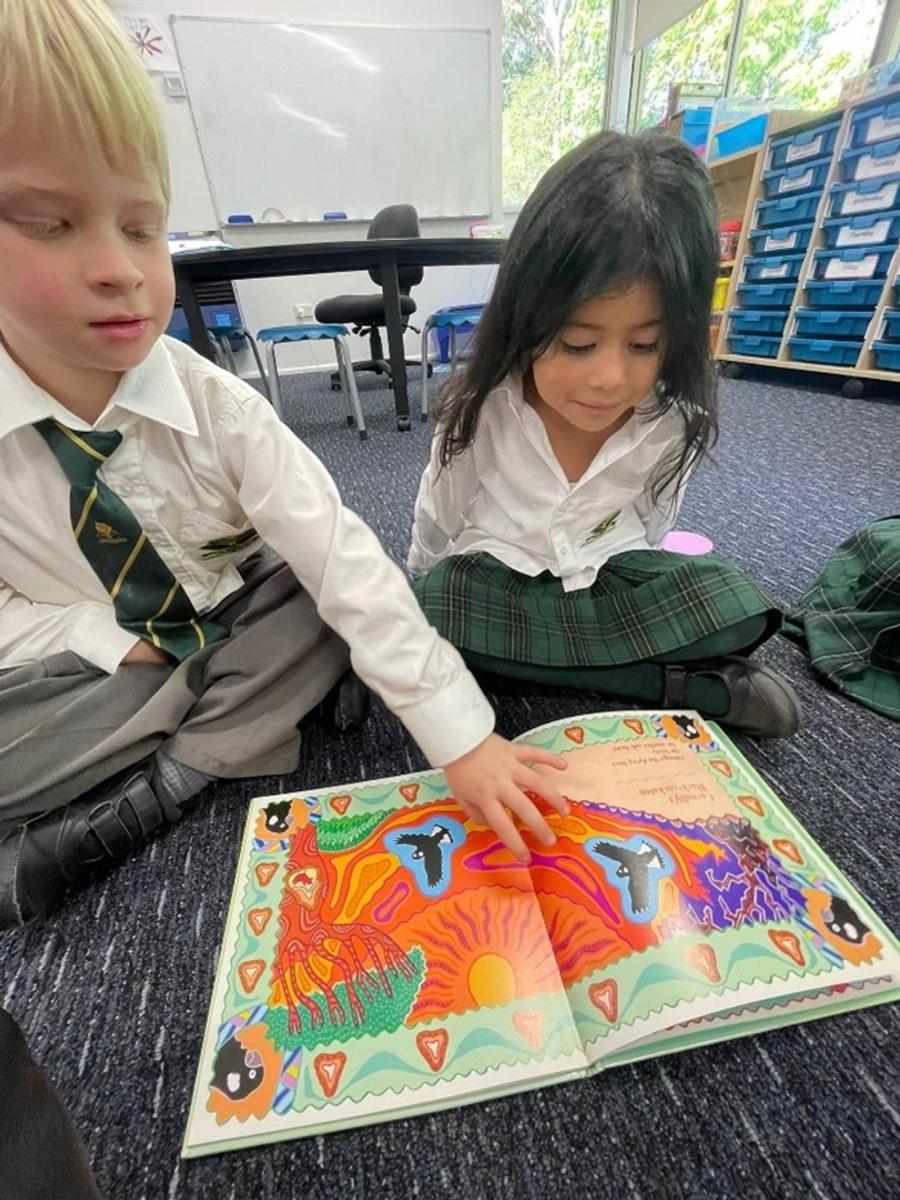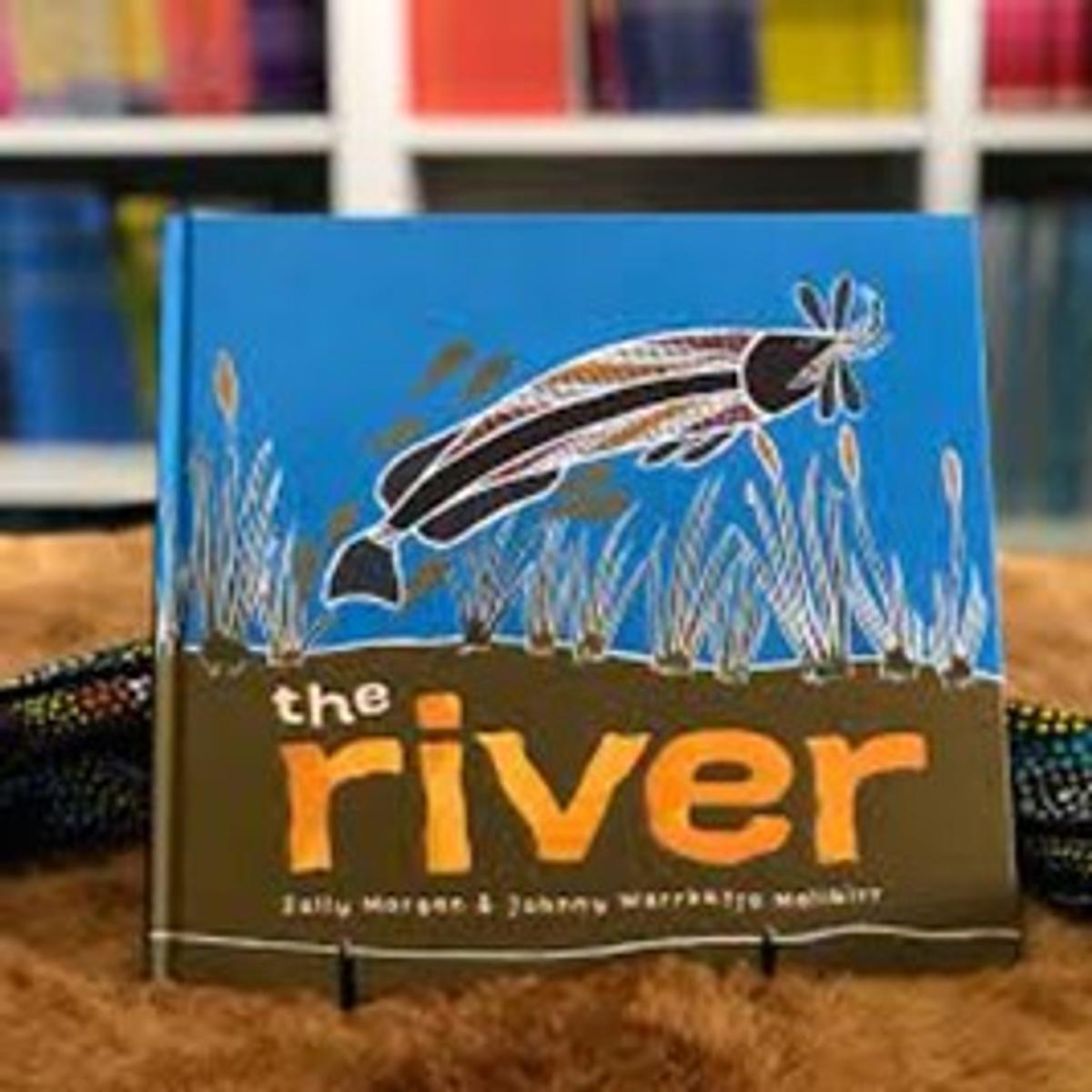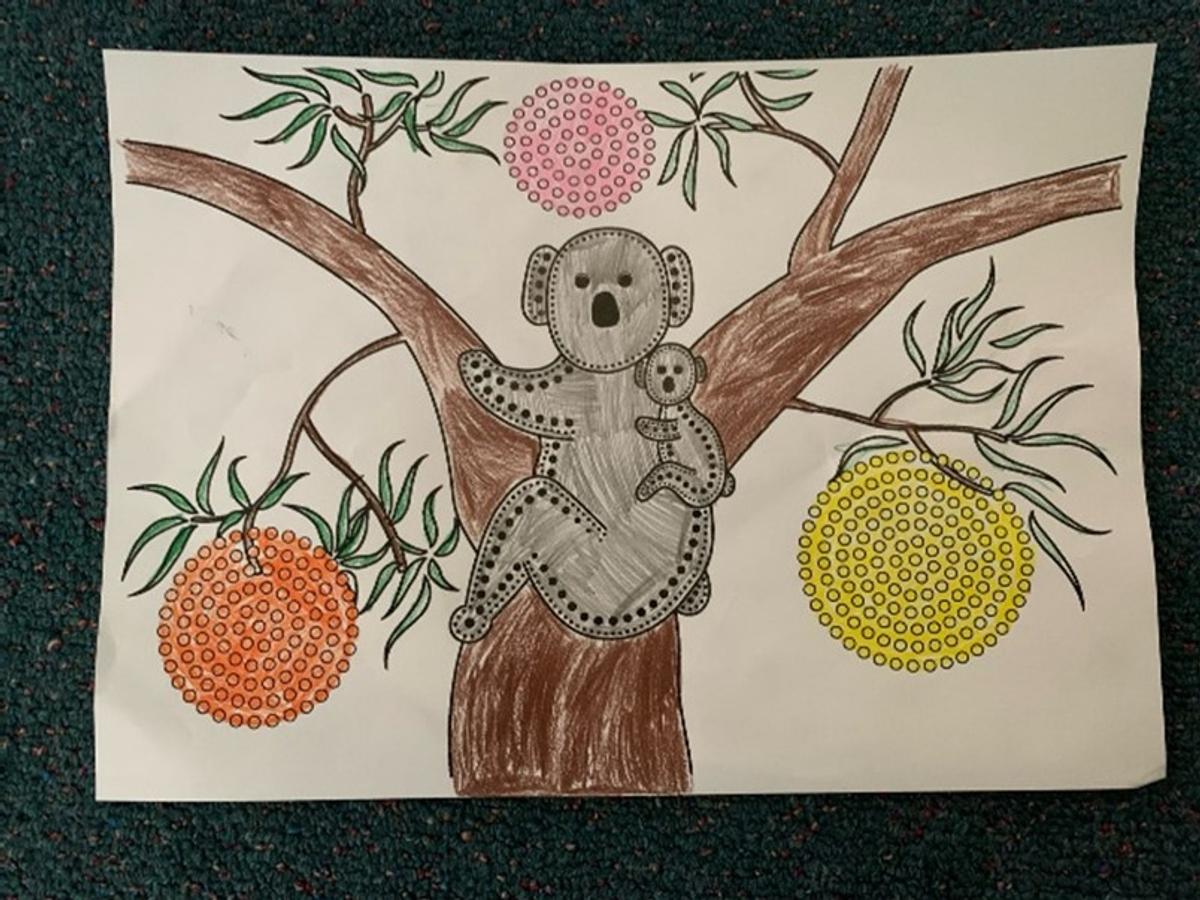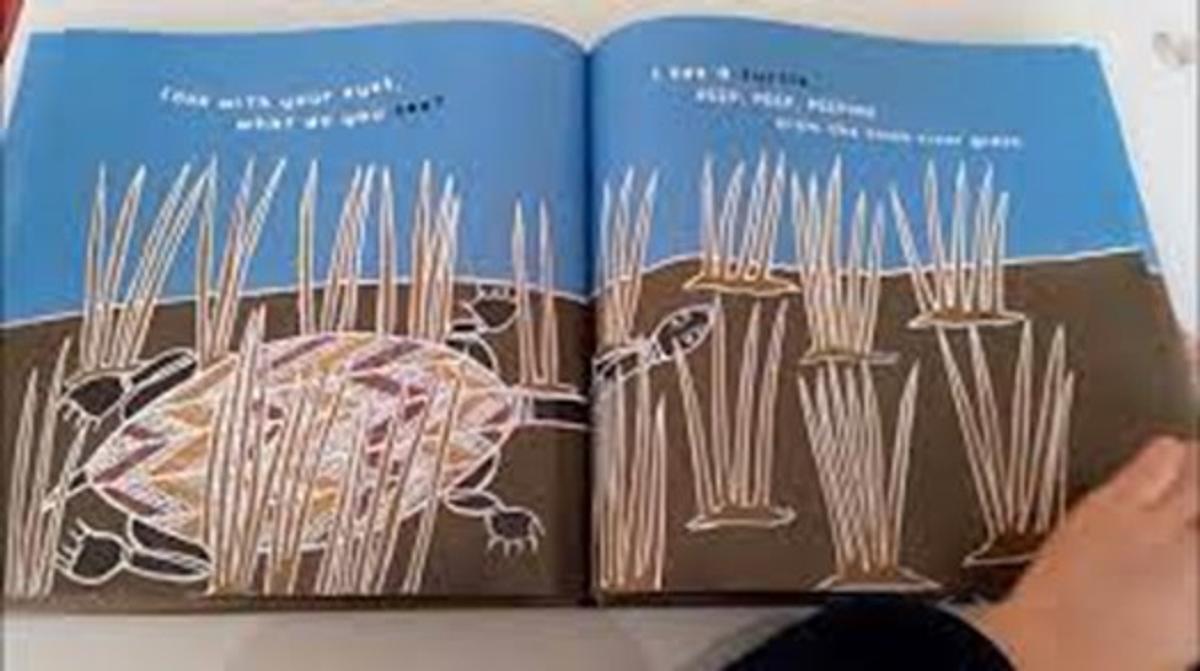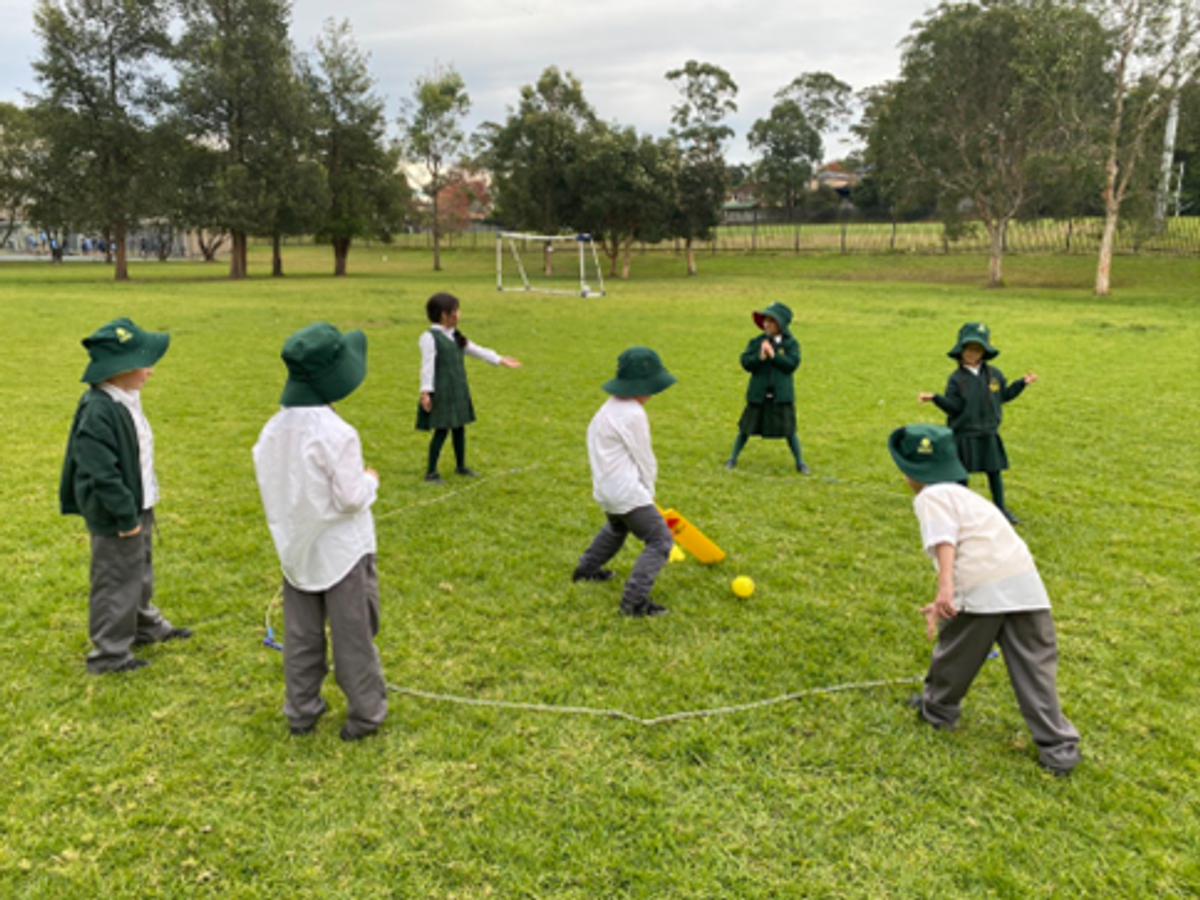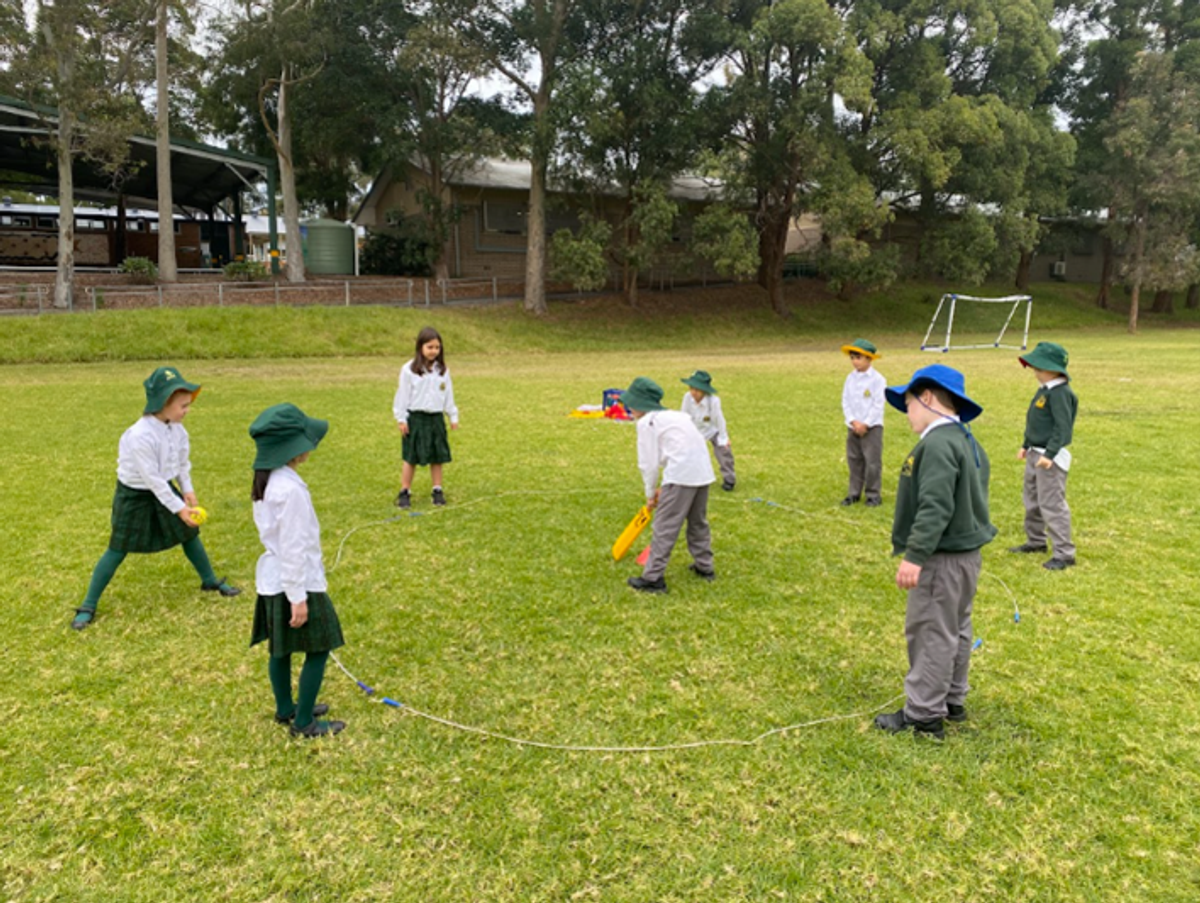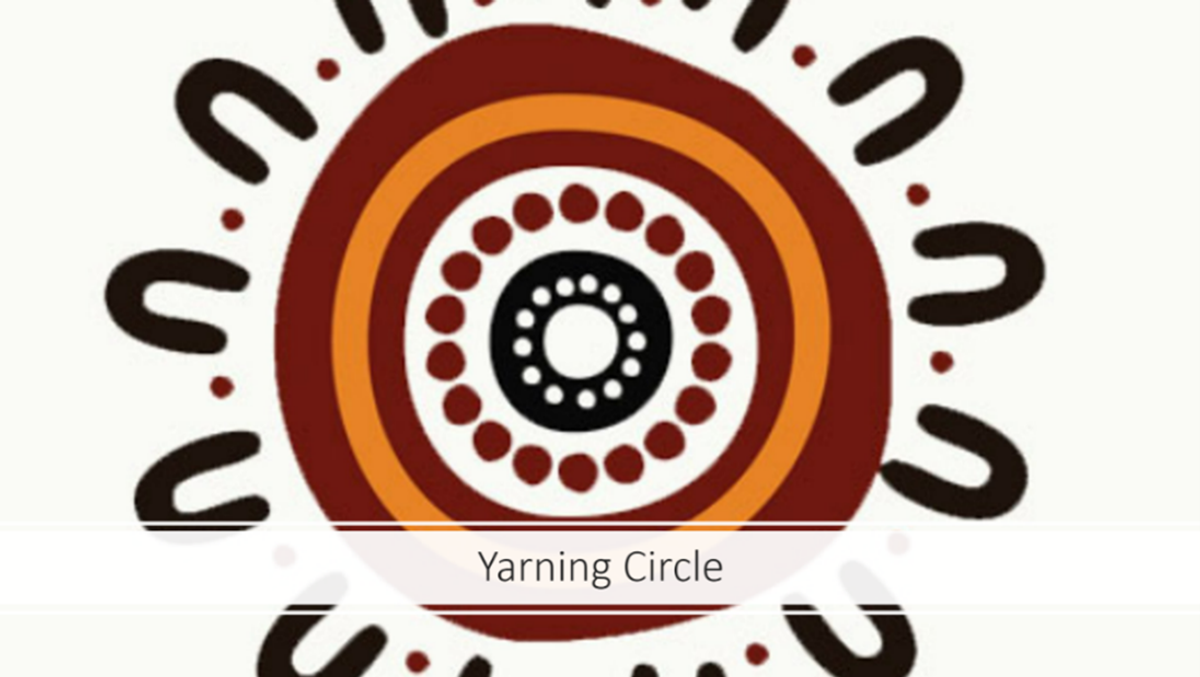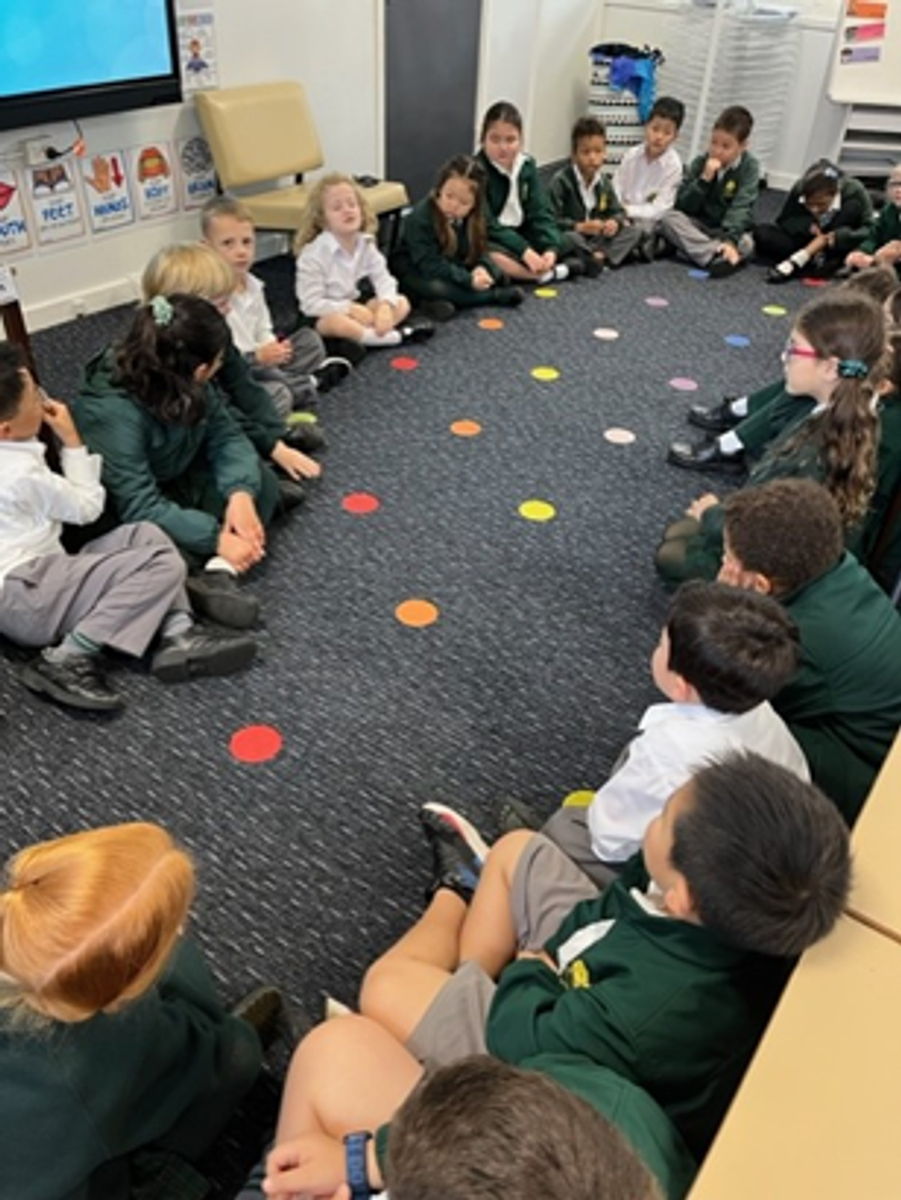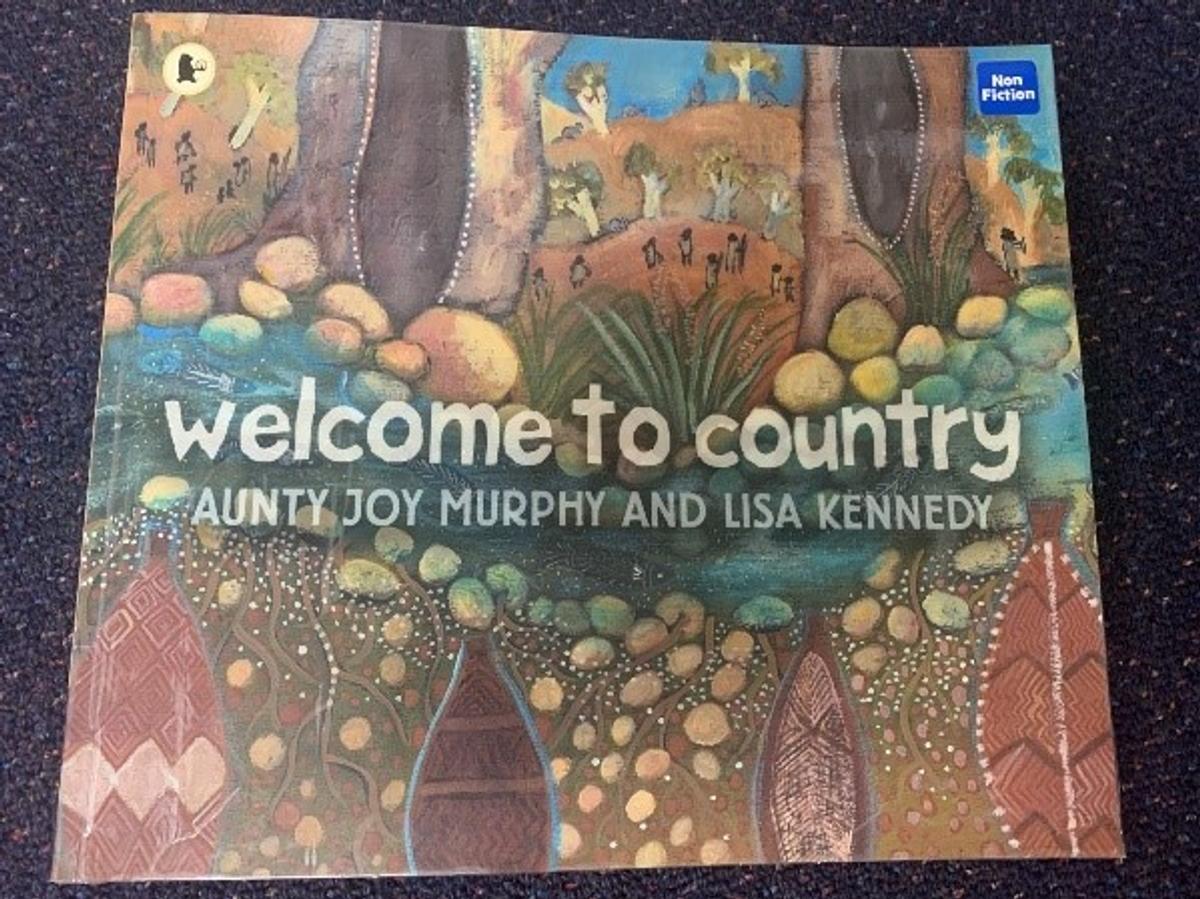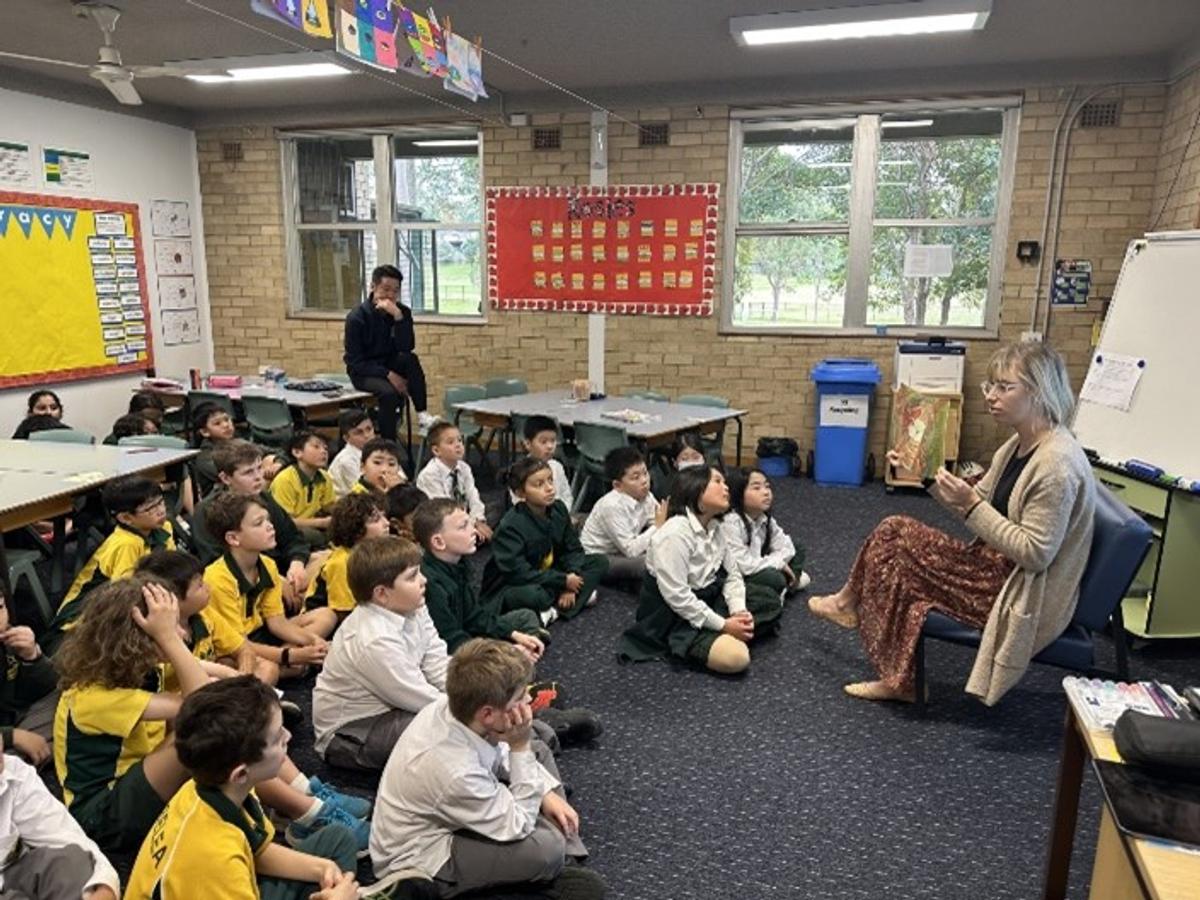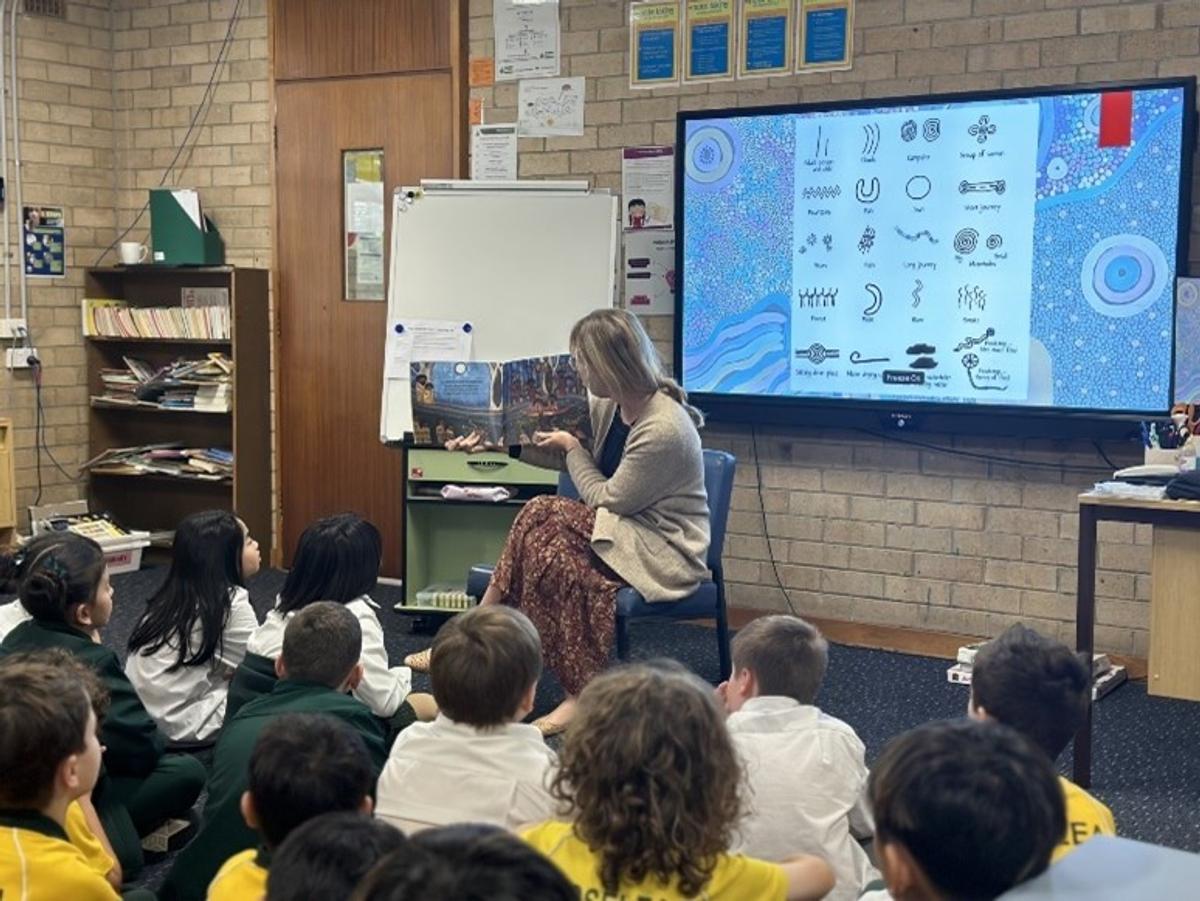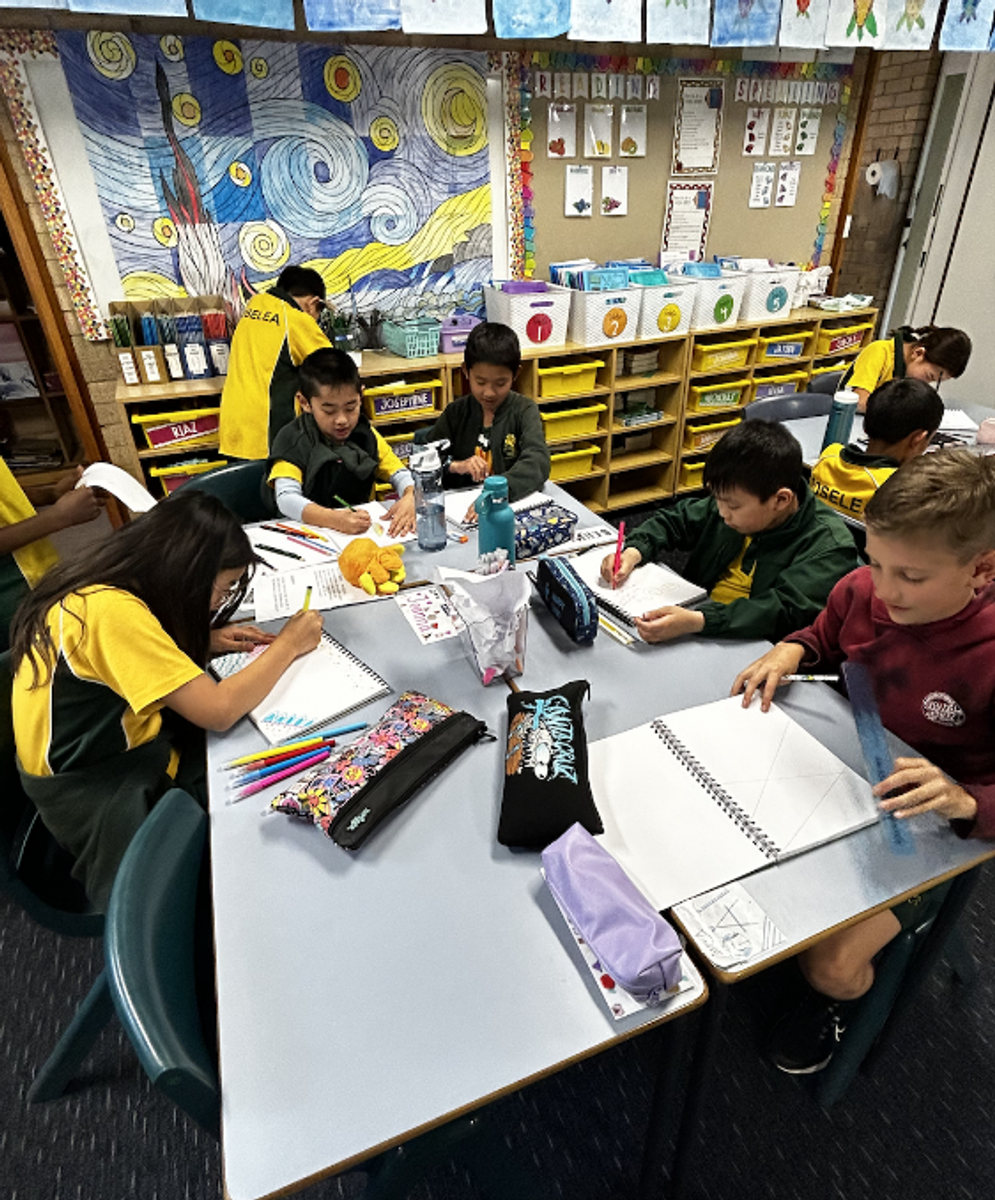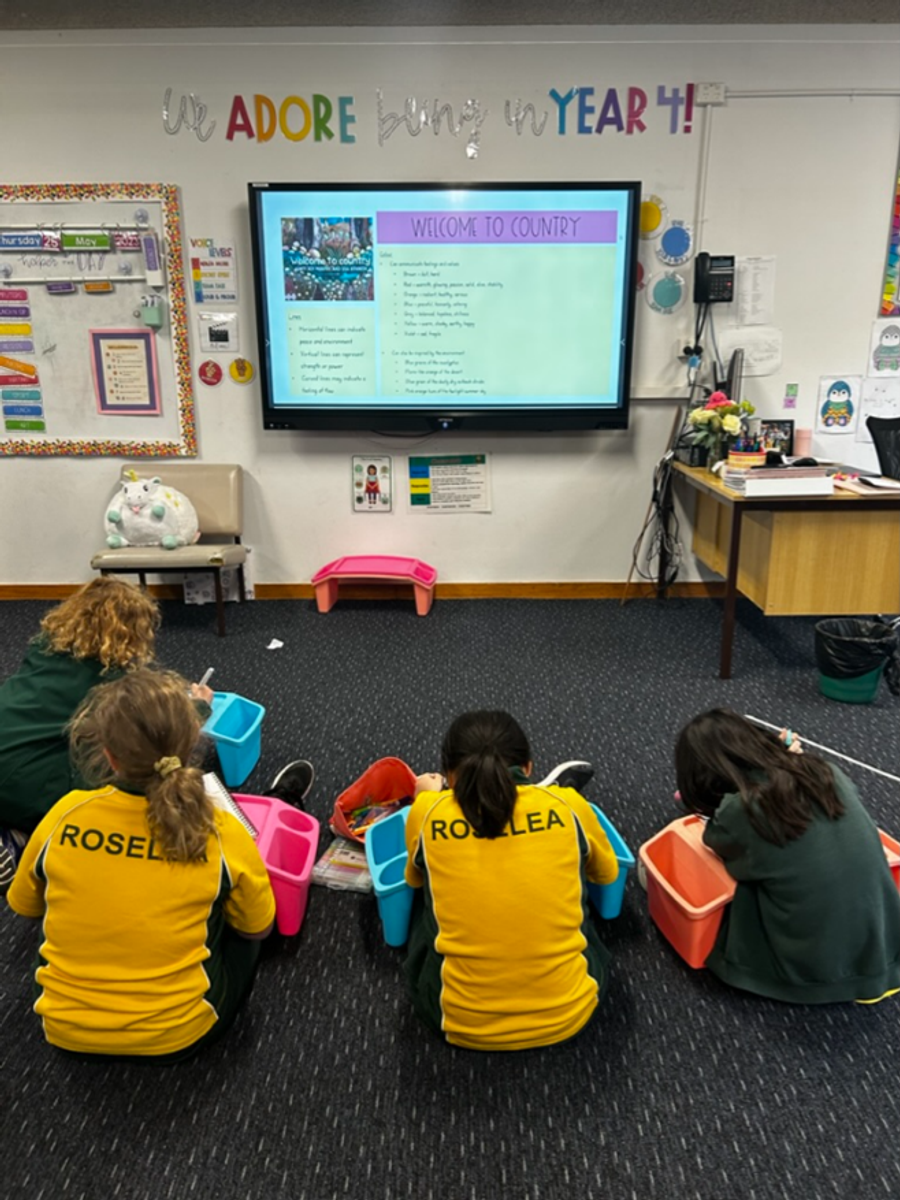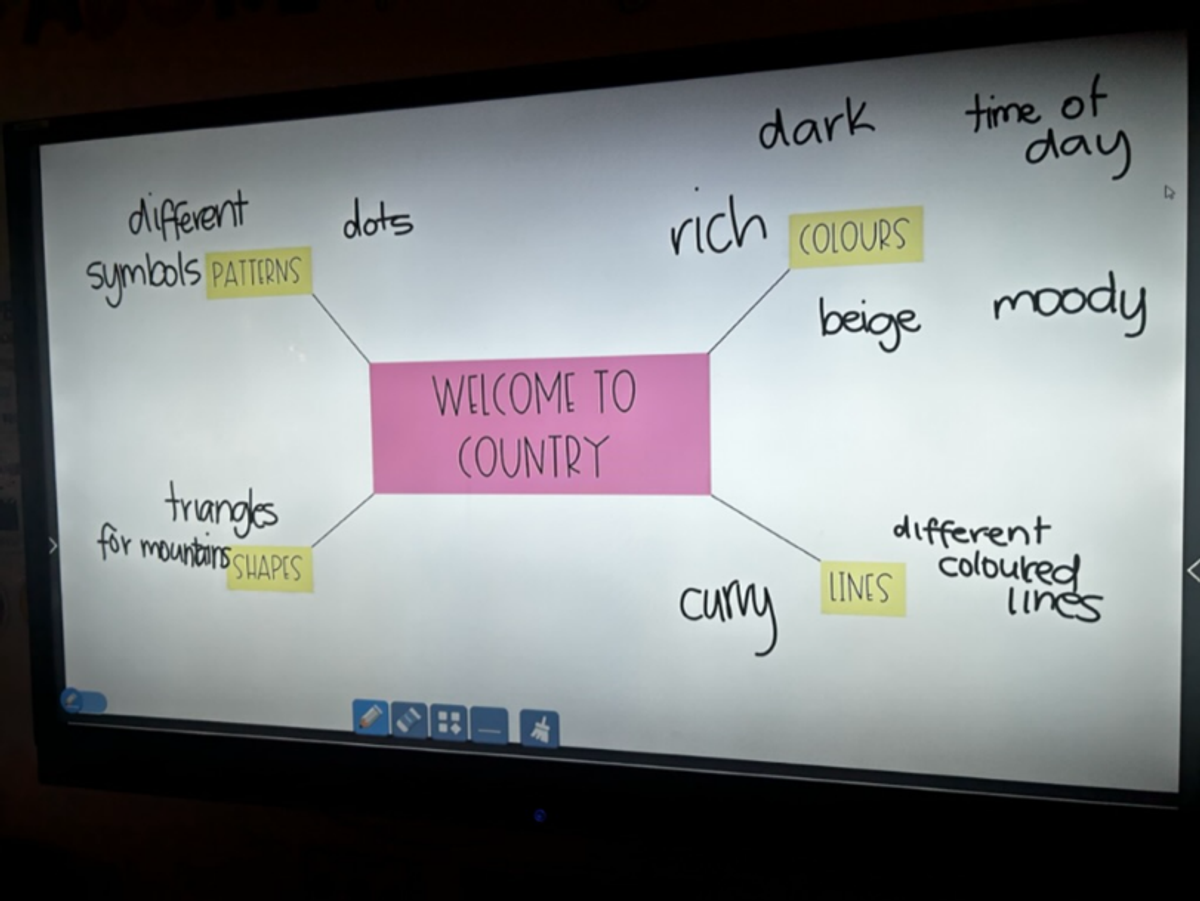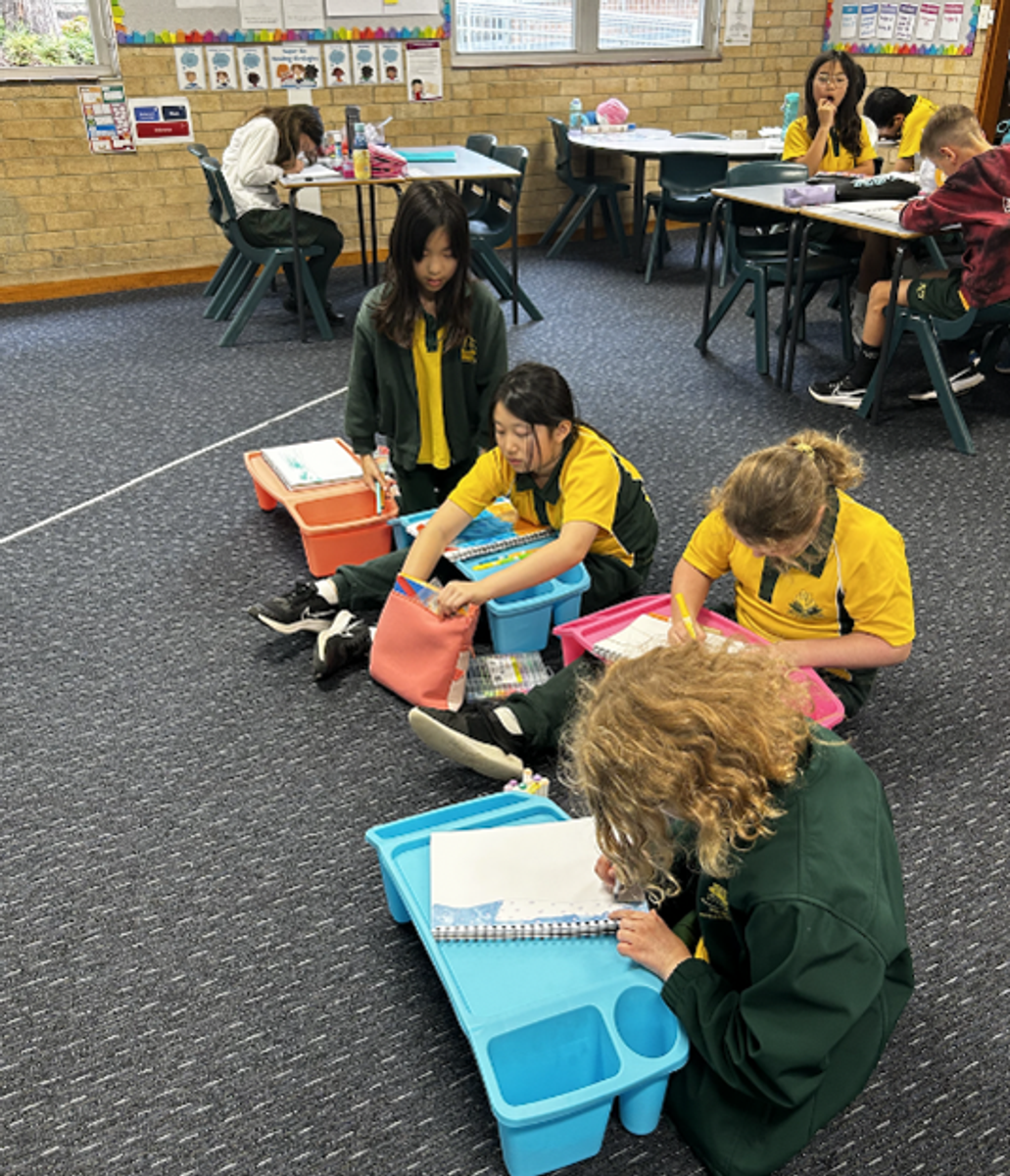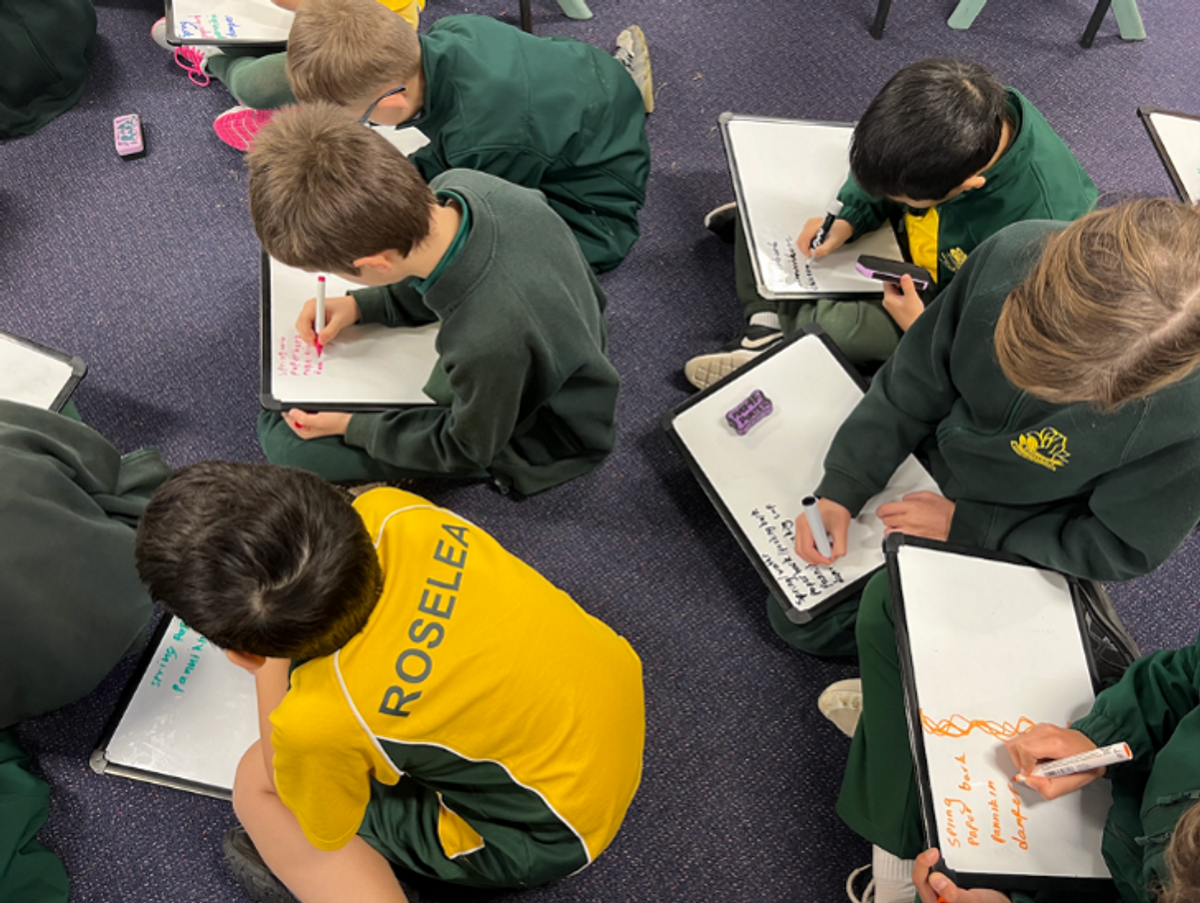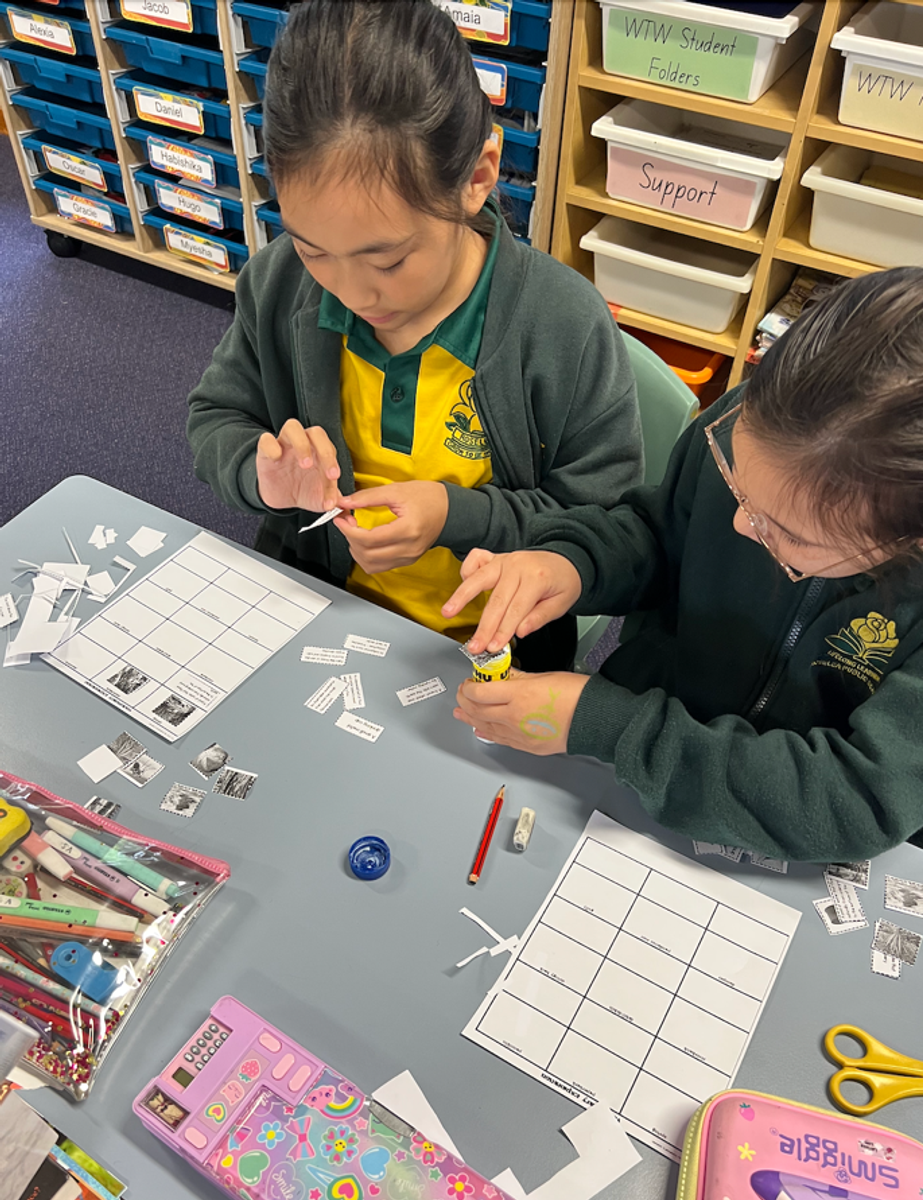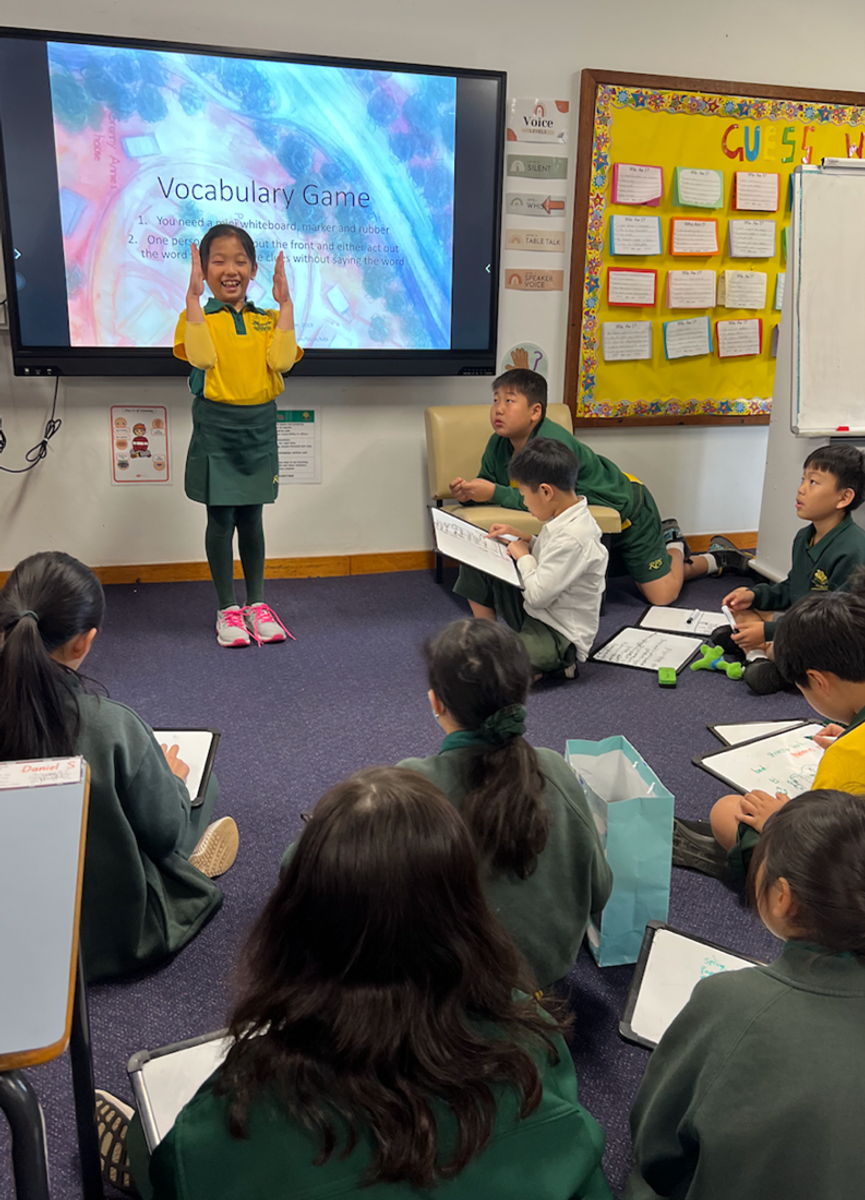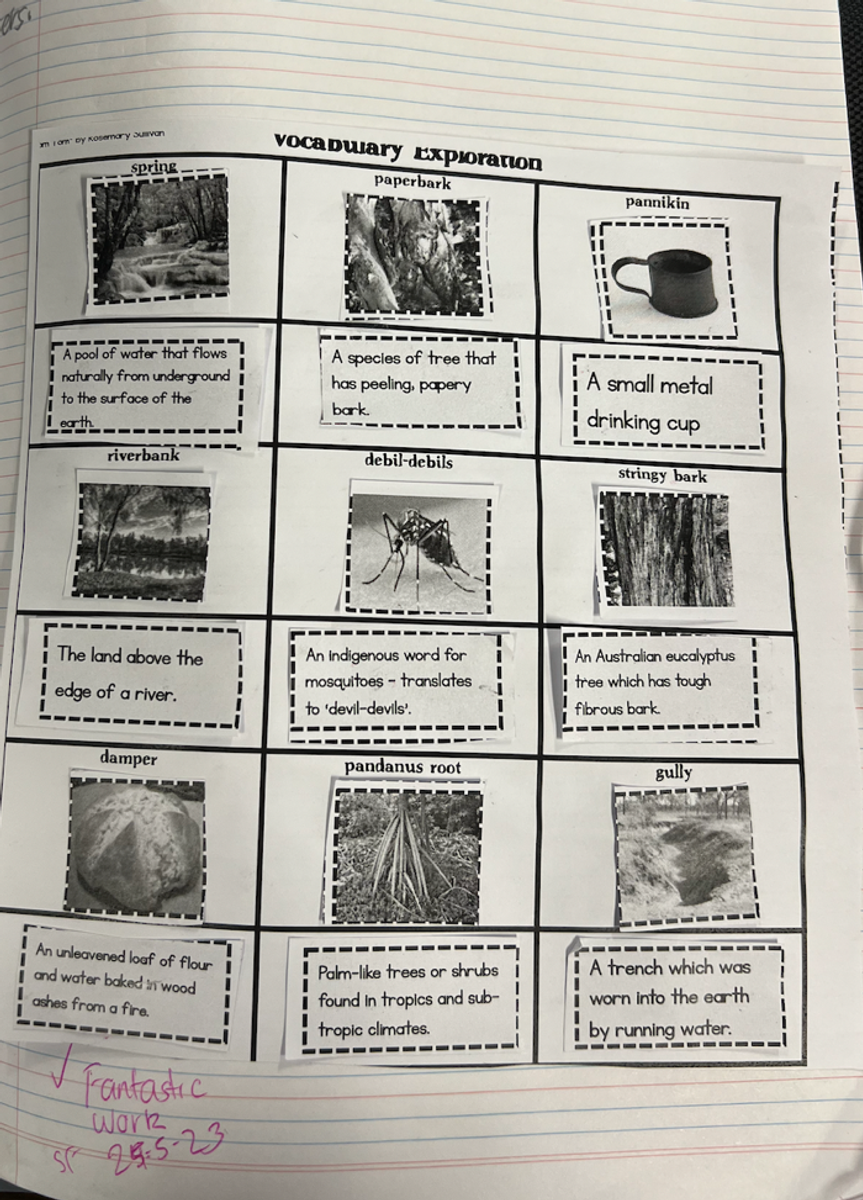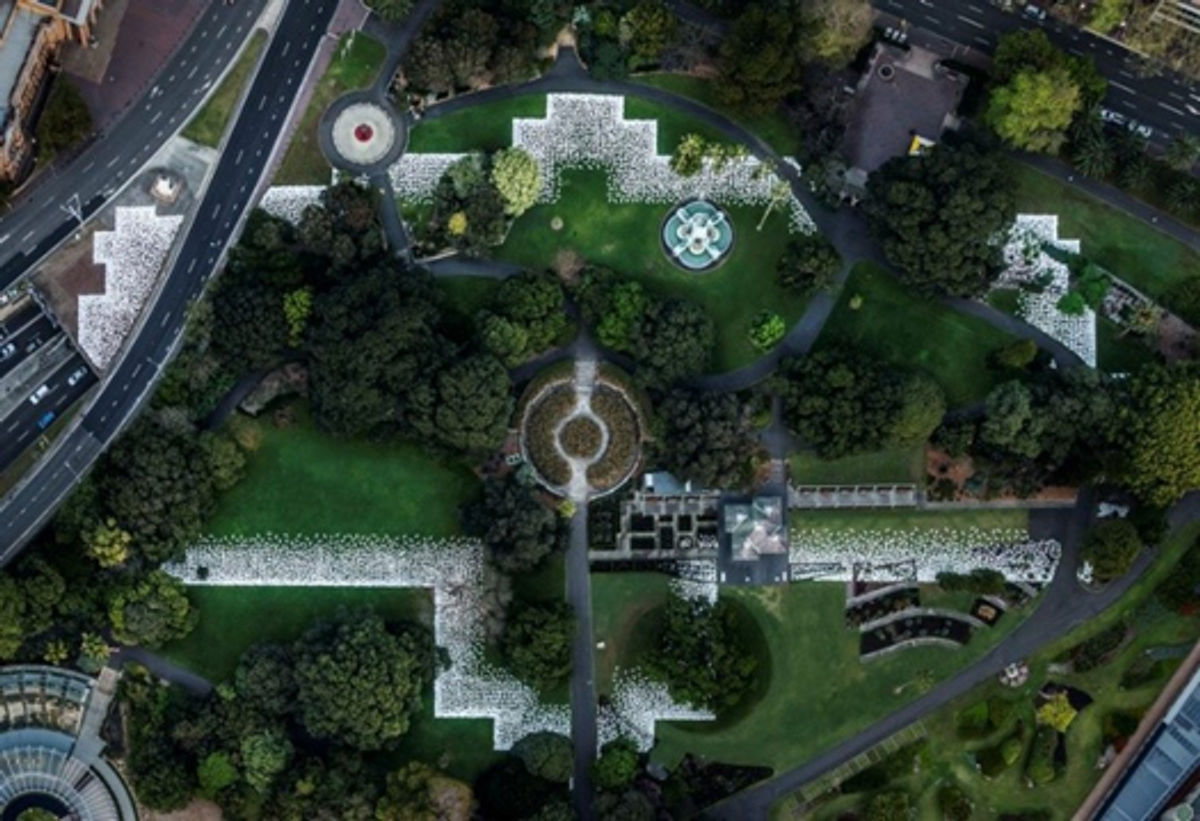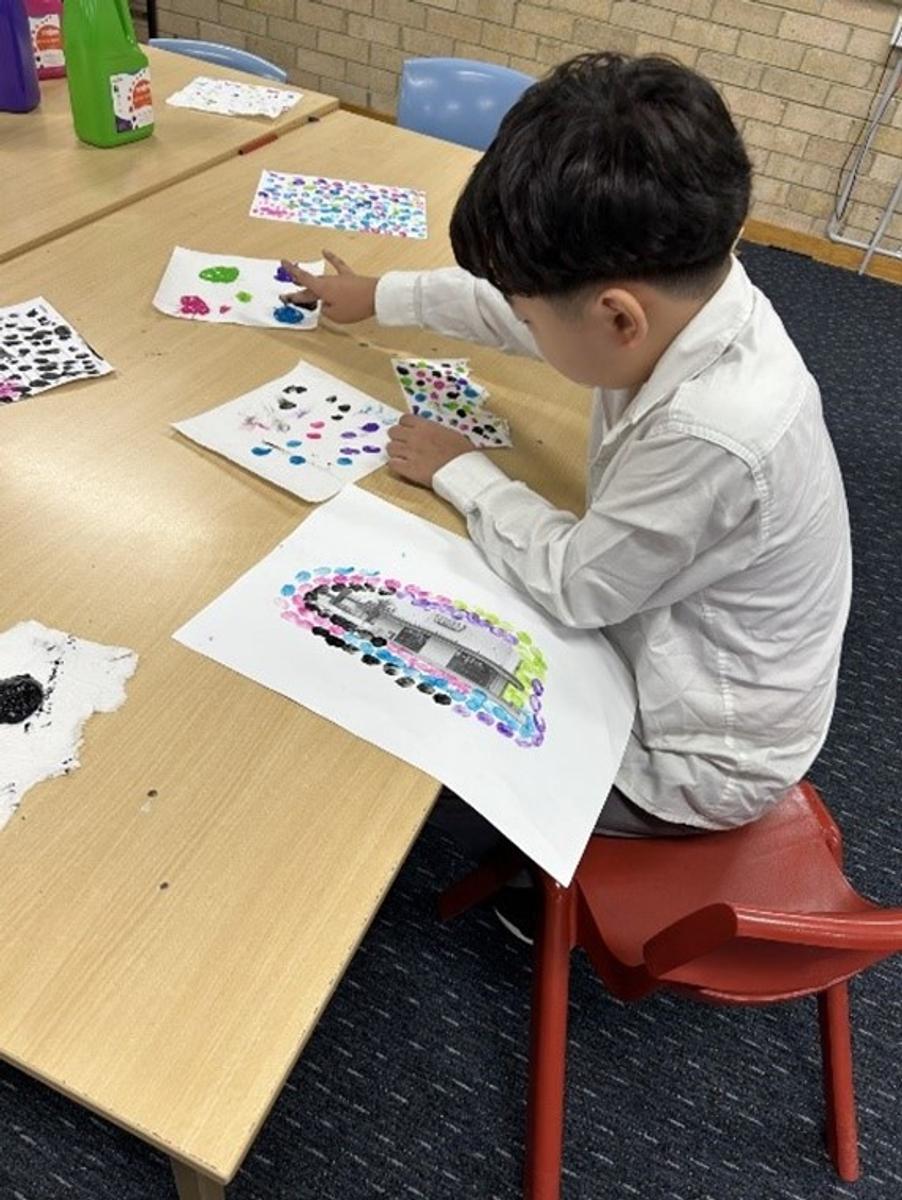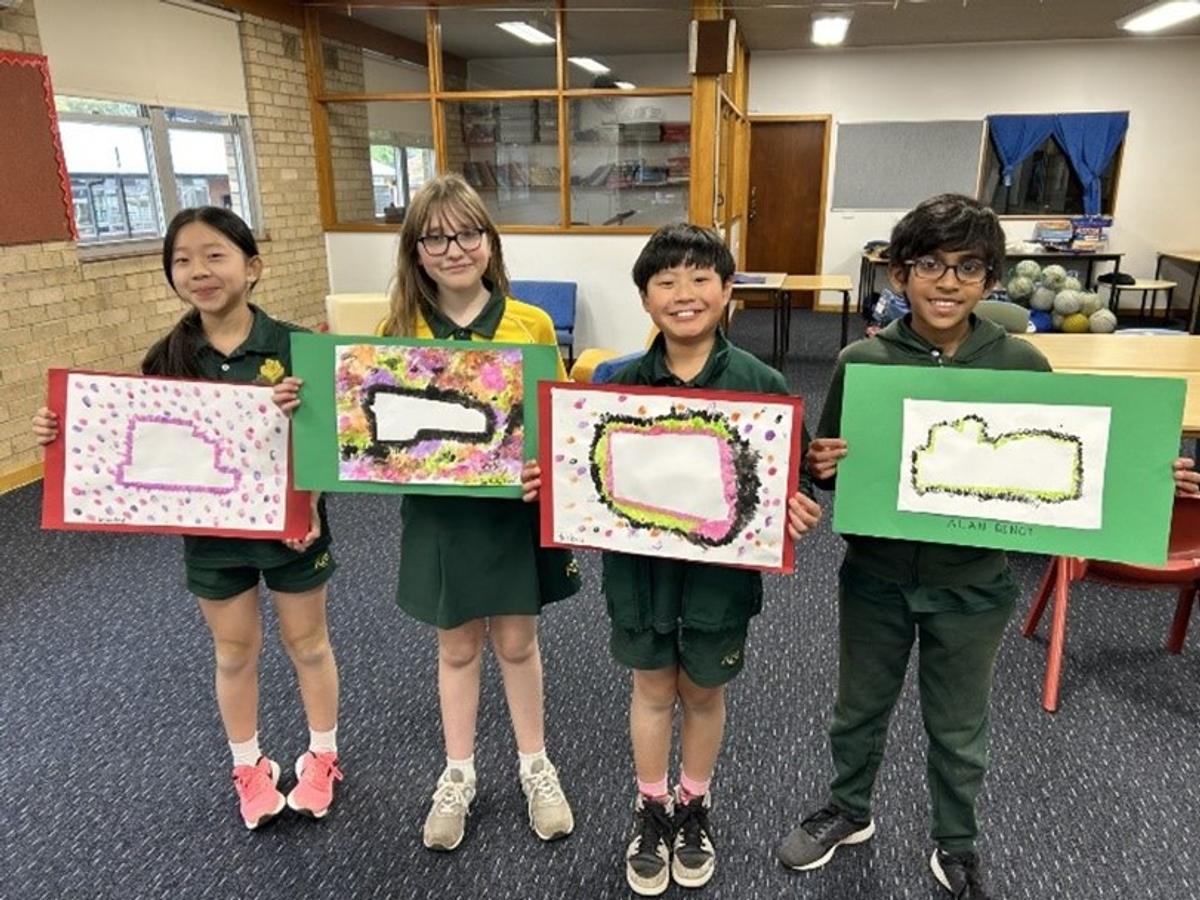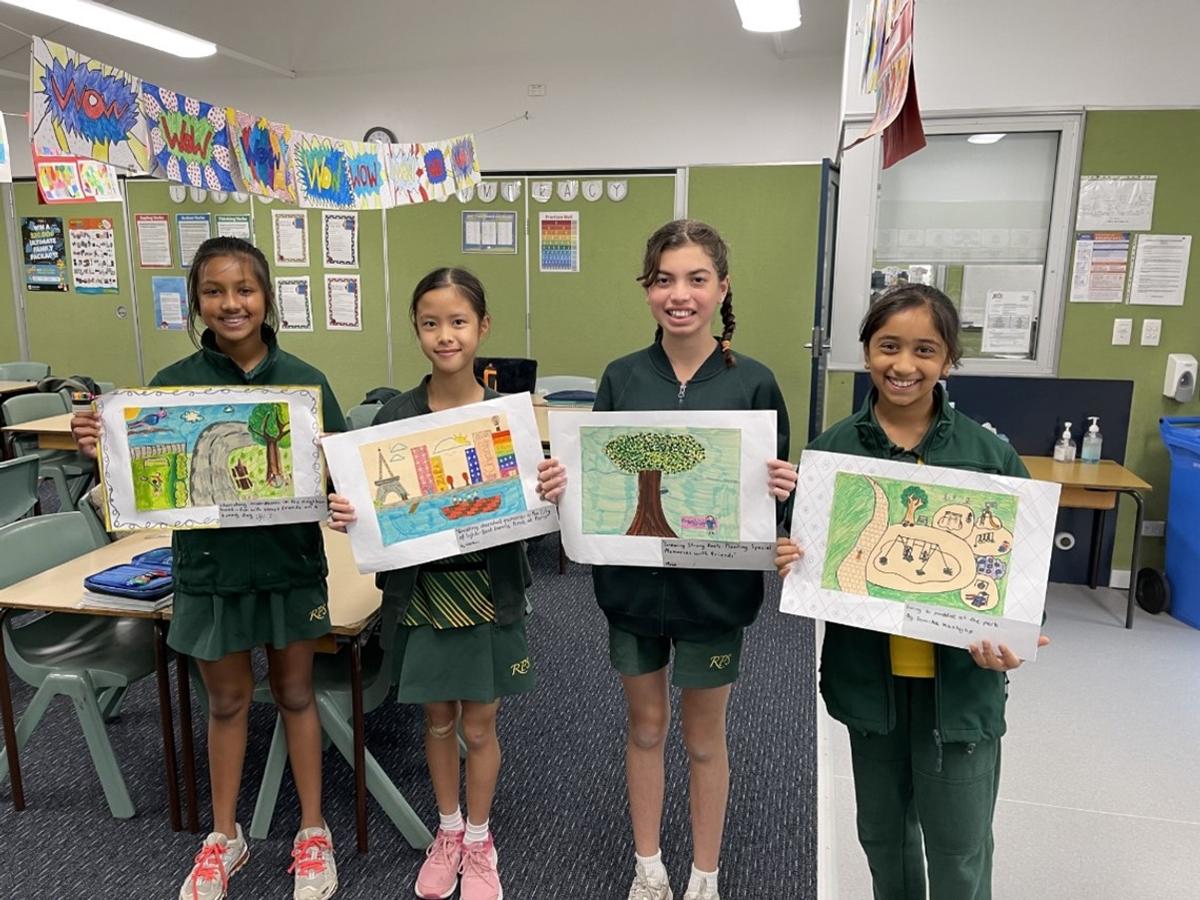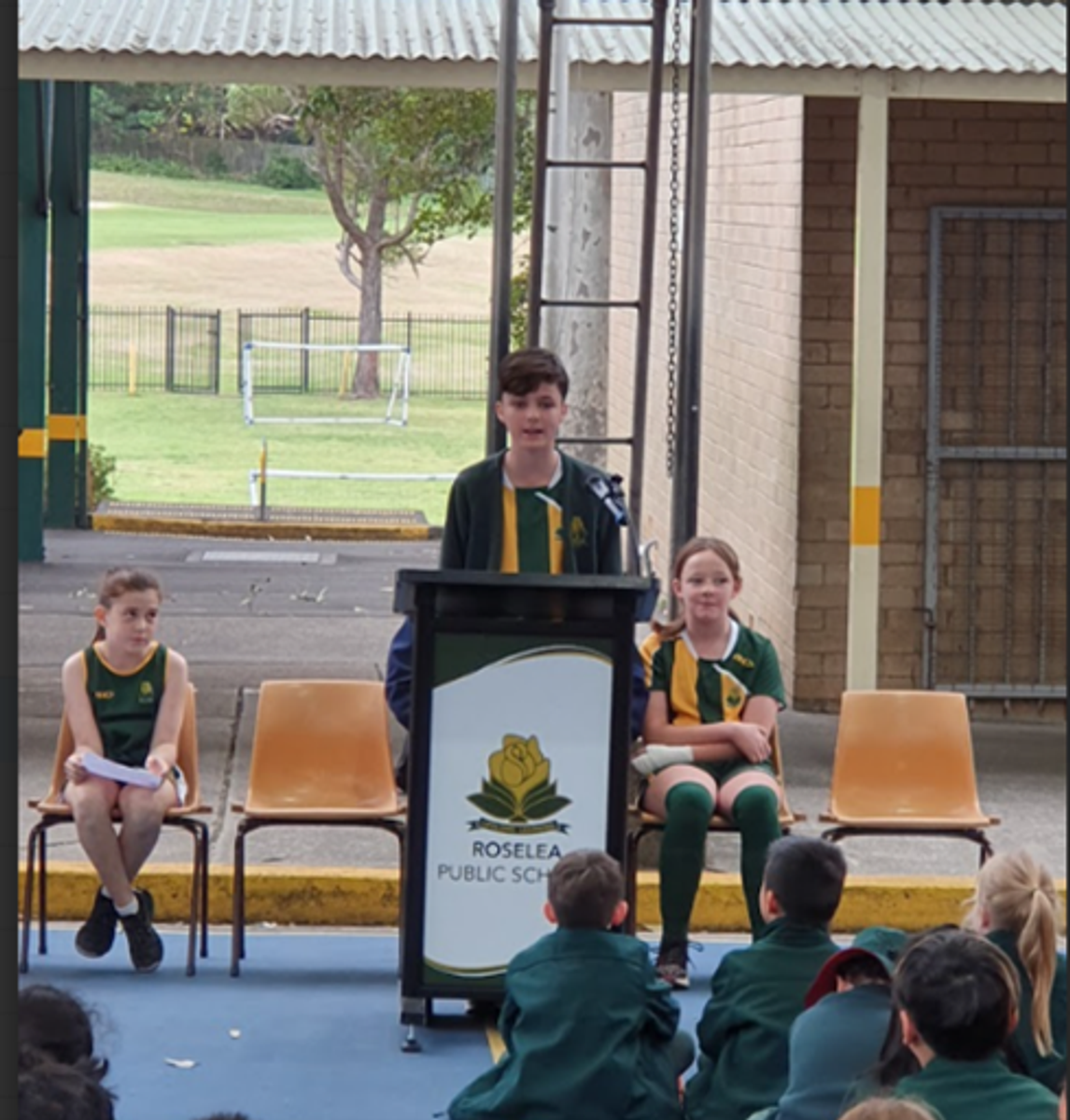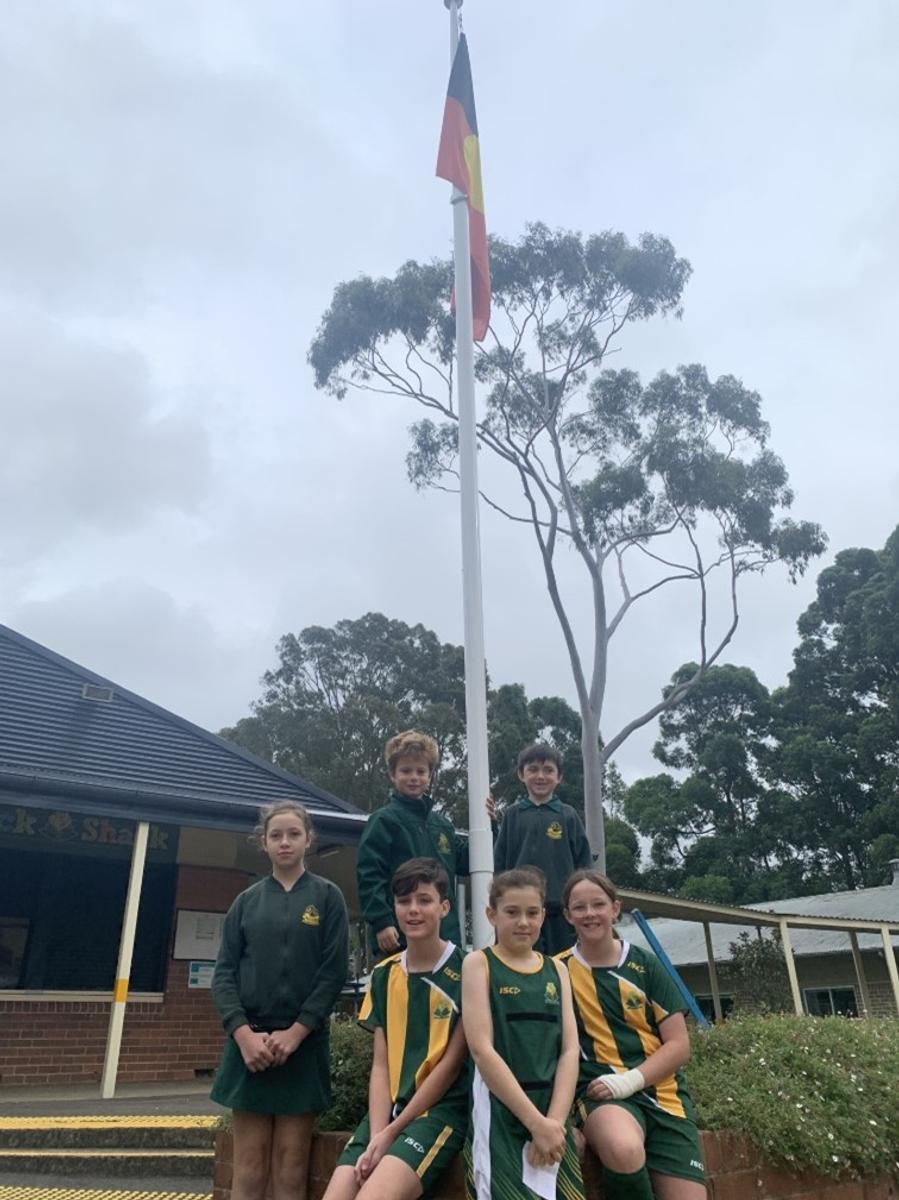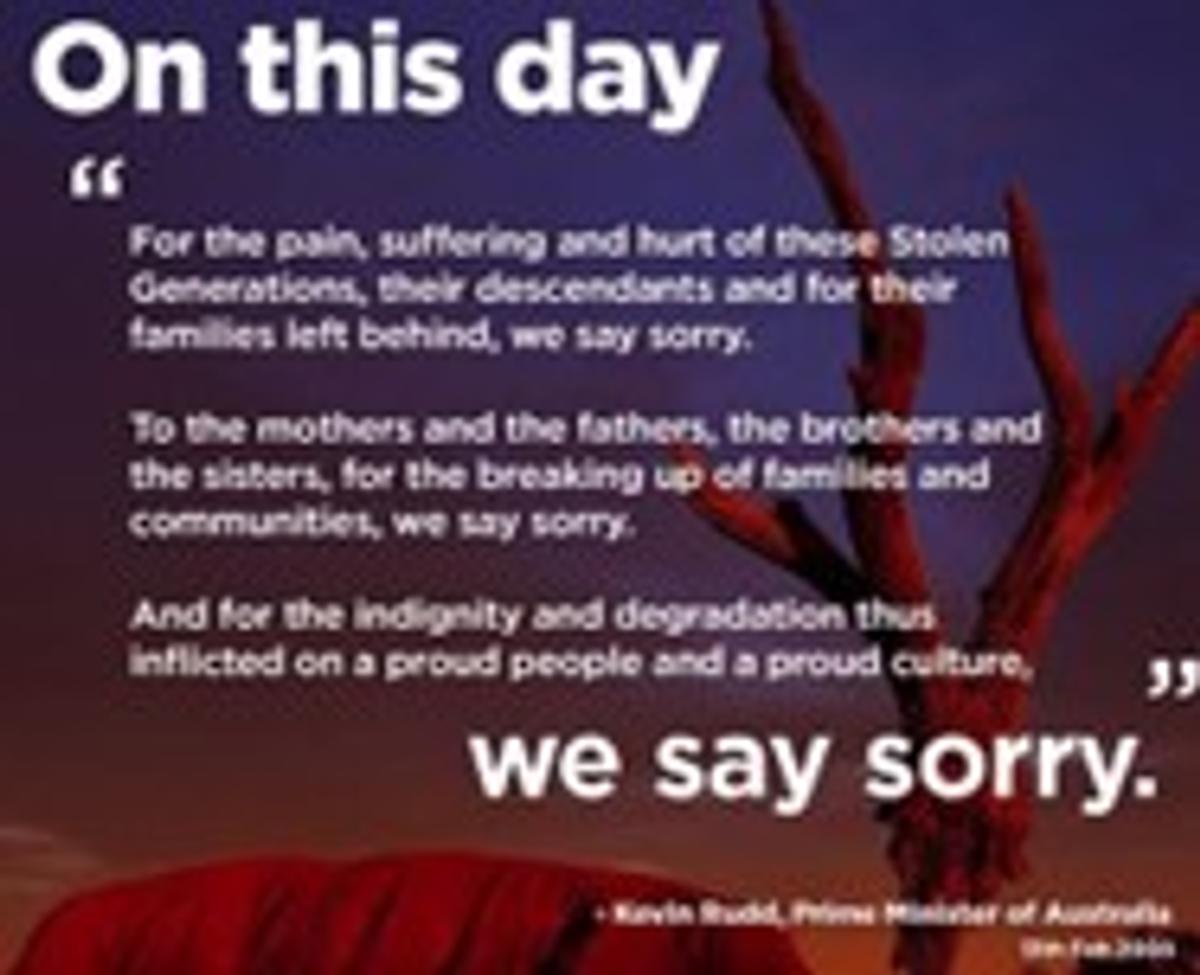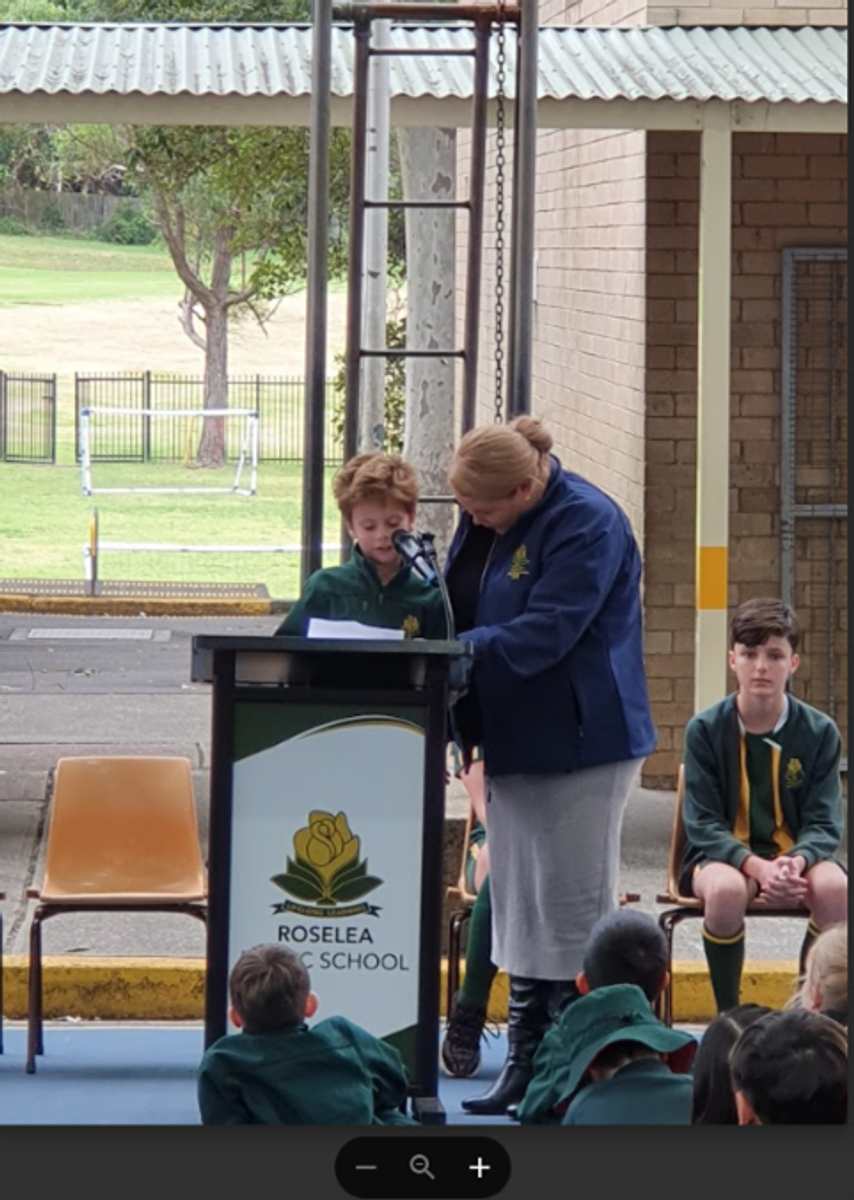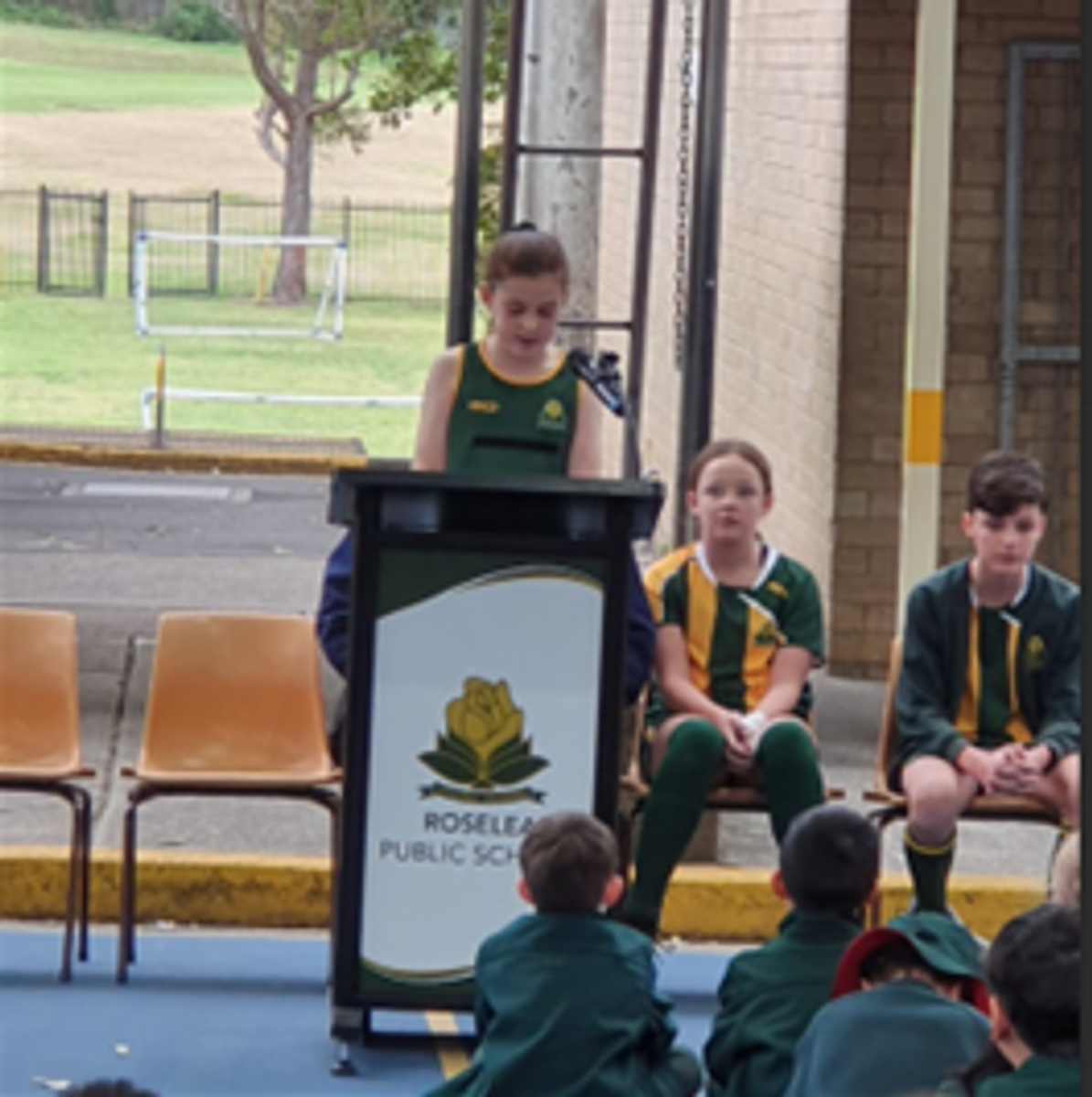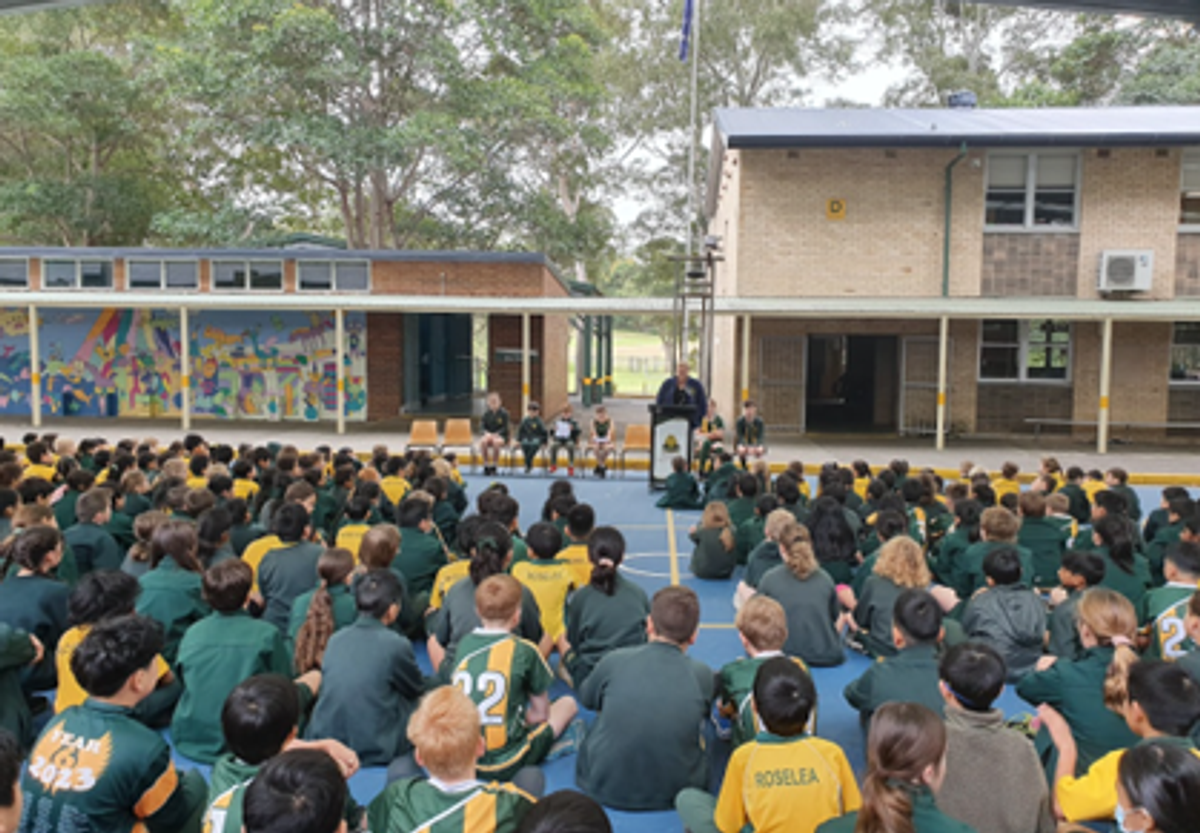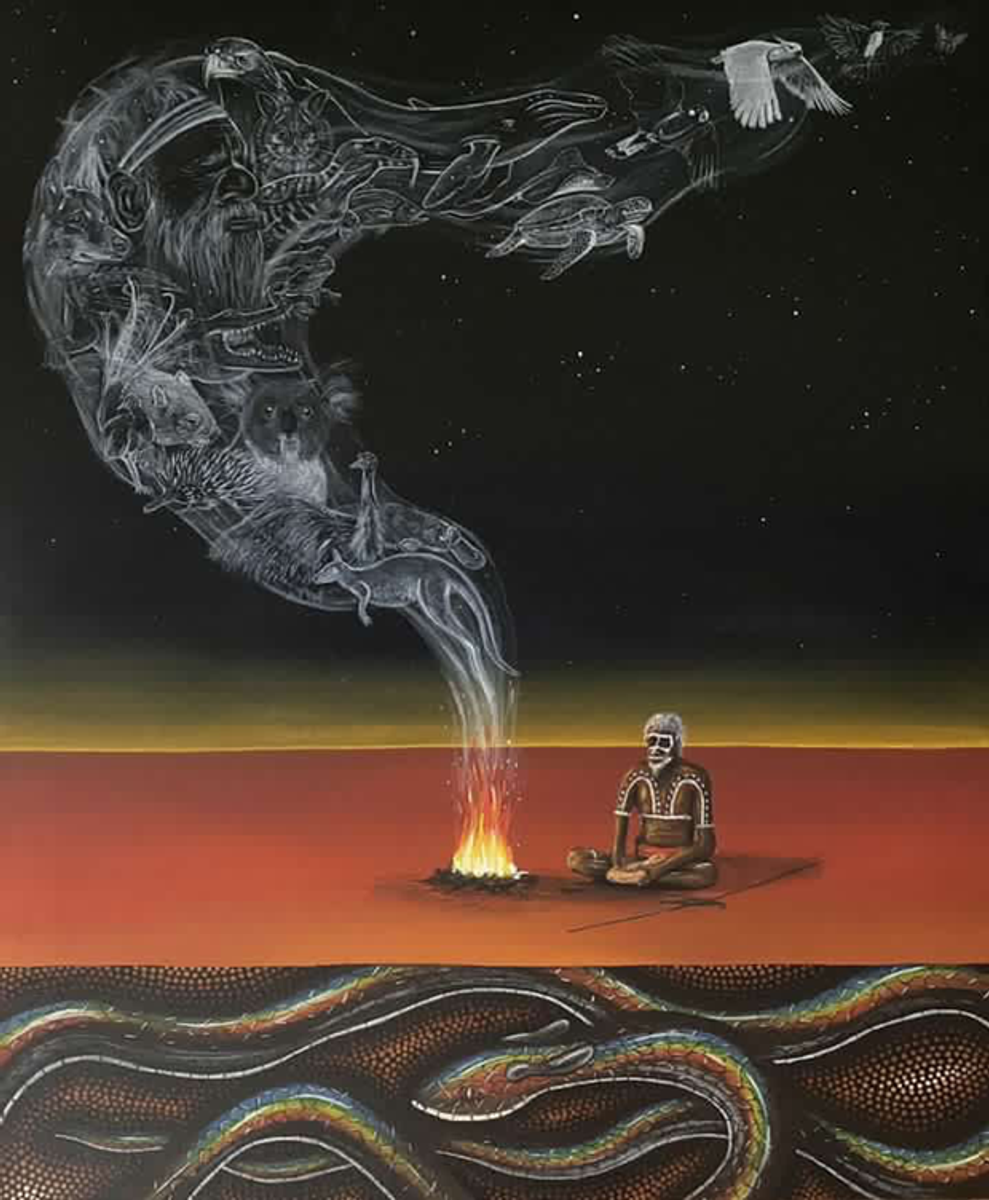Aboriginal Education
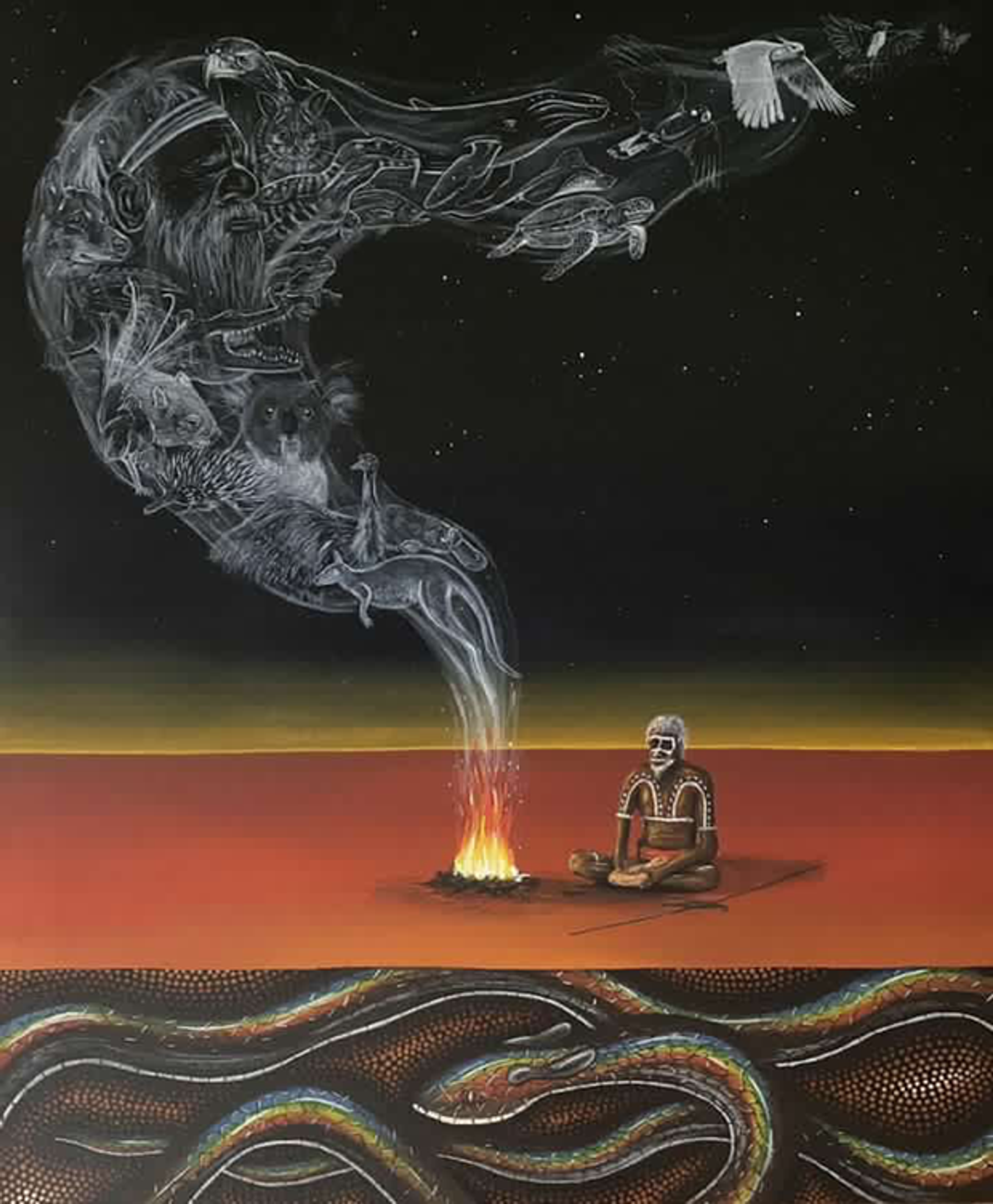
Aboriginal Education at Roselea Public School
Learning, Teaching and Connection
On the Staff Development Day this term, all staff from the Department of Education, came together to engage in professional learning on Aboriginal Education. At the forefront of this, schools looked at strategies to achieve outcomes for Aboriginal students P-12 and increase knowledge and understanding of Aboriginal histories and culture. At Roselea, school staff engaged in learning about the history of Aboriginal Australia and Dharug culture and language, on which land Roselea is a part of. Teachers then engaged in collaborative planning of teaching lessons that focused on using new texts purchased through Magabala Books and further, texts written by Dharug educators, authors and artists; such as Leanne Mulgo Watson and Jasmin Seymour, to provide students with rich and engaging lessons and content.
Over the term, these units have been implemented within the classrooms and further lessons delivered through Geography and Aboriginal Perspectives taught by Mrs Clements. The children have enjoyed connecting with the content and also the learning opportunities.
Early Stage 1
The last dance and Bush Bash
KW and KR did readings of The Last Dance and Bush Bash which tied in nicely with our numeracy (counting). We discussed endangered animals and animal conservation after the reading and used the book to play celebrity heads with the animals they learned about in the book.
Stage 1
1P- The River
Our class has looked at the text The River, written by Sally Morgan with illustrations completed by Johnny Warrkatja Malibirr. This book was selected as it shows the celebration of the life of the river. The River takes the reader on a journey of what their eyes can see and their ears can hear. This was important for 1P as they have been learning about Dharug language and country in Geography with Mrs Clements and are able to connect with knowledge of Roselea being on Wattamattagal (Snapper fish) Country which is part of the Dharug nation. After the lesson, the class completed some artwork of animals found on Dharug country.
1L- Indigenous Games
Year 1 played an adaption of the traditional Indigenous game called 'Wana'. A wana (or wanna) is a digging stick in the language of some Noongar people in the southwest of Western Australia. In the game, players attempt to hit a stick that is on the ground while one player defends it using a wana.
Year 2- Yarning Circles and Aboriginal Symbols
2J have been working with numerous texts that link with the teaching within the new English syllabus. They discussed story telling, participated in yarning circles and looked closely at Aboriginal symbols.
Stage 2
3J and 3S- Welcome to Country
We read the story: 'Welcome to Country' by Aunty Joy Murphy and Lisa Kennedy. The collaborative effort of 3J, 3S, and 6Y brought us together to explore this beautiful piece of literature. We discussed the difference between Welcome to Country and Acknowledgement of Country. Additionally, we delved into the profound connection that Aboriginal people possess with the land.
4B- Welcome to Country
Students listened to a read aloud of the text and we had a discussion on the difference between a 'Welcome to Country' and an 'Acknowledgement of Country'. We looked at the different patterns, colours, lines and shapes used in the text and their meanings. Students then created their own artworks using these different aspects whilst focusing on the colours that represented how they felt.
4F- Tom Tom
Our class read the text 'Tom Tom' by Rosemary Sullivan and did an activity exploring the vocabulary used. We incorporated drama by students acting out or giving clues to what the word might be, for example 'pannikin' which is a small metal drinking cup. Students then did a cut and paste activity where they had to match the definition and photo to the correct word.
Stage 3
Visual Arts
Stage 3 looked at learning through Visual Arts. They learnt about the Artist Stephen Jones and in particular, drew inspiration from the piece titled "barrangal dyara (skin and bones), 2016." Jones, an Indigenous artist of Wiradjuri/Kamilaroi heritage, conveys his emotions regarding the destruction of Indigenous artefacts in a fire and the significance of our collective memories from the past.
Jones's artwork is centred around the location of the fire at the Garden Palace, where he depicts the former structure using 15,000 white shields spanning 20,000 square metres. In our Year 6 artwork, we selected a meaningful place from our personal histories or our families' histories and adorned it with painted fingerprints. Afterward, the original picture was removed, leaving behind an outline of the special place, with the artist's unique fingerprints mimicking the effect of Jones' shields in his artwork.
National Sorry Day Assembly- 26th of May
On Friday the 26th of May, Roselea came together to acknowledge and reflect on National Sorry Day. Students acknowledge and honour the survivors of the Stolen Generations and pledge continued support for them. As a school, we reflected on the National Apology that named the pain, hurt and suffering for Indigenous people, communities and country.
Our Aboriginal students came together, to acknowledge country and presented a combined acknowledgement to the Dharug land that we are so lucky to live on and learn from.
Our Journey…… where to next!
At the end of last year, we were lucky to have Dave Lardner, President Hornsby Local AECG- Executive Aboriginal Studies Association come to Roselea to work with our Aboriginal Students and provide an incursion for our Stage Two children. In consultation with him, the children have looked at writing an Acknowledgement to Country specifically for our school. Once this process has been finalised, we will be excited to use this at our ceremonies, assemblies and special events and have it proudly displayed within our school.
Since then, these children have looked at creating an Aboriginal Bush Garden within our school grounds. This is a project that will incorporate long used local plants that Aboriginal people use for their food and medicine, these plants are known as 'bush tucker'. Students will engage in learning from Indigenous people, and include a variety of plants in this garden that will provide edible roots, leaves, flowers, seeds or fruits. We are excited to see this project come to life over the coming terms.
Michael Fardon is a full time artist and proud Dharawal Man. He is well known for his outstanding work and dedication to working with numerous schools in the Sydney area, ‘making Australia beautiful one mural at a time’. Michael has won numerous awards, including the Mil- Pra-, Aboriginal Education Consultative Group Award in 2022. He is instrumental, not only in his art works, but the detailed and significantly connected mural work being printed throughout Sydney, connecting to his culture and heritage and bringing such valuable insight and highly regarded work into schools. We are very lucky to have connected with him and will be looking at him coming into our school in the near future to work with our Aboriginal students and student body.
Mrs Clements - RPS Aboriginal Education Coordinator
